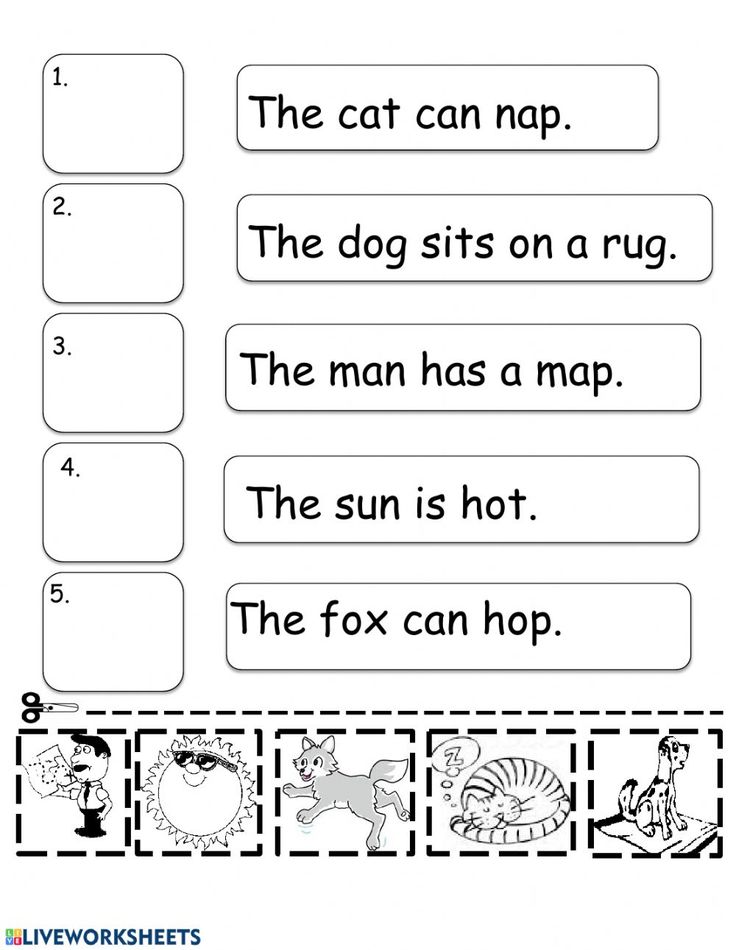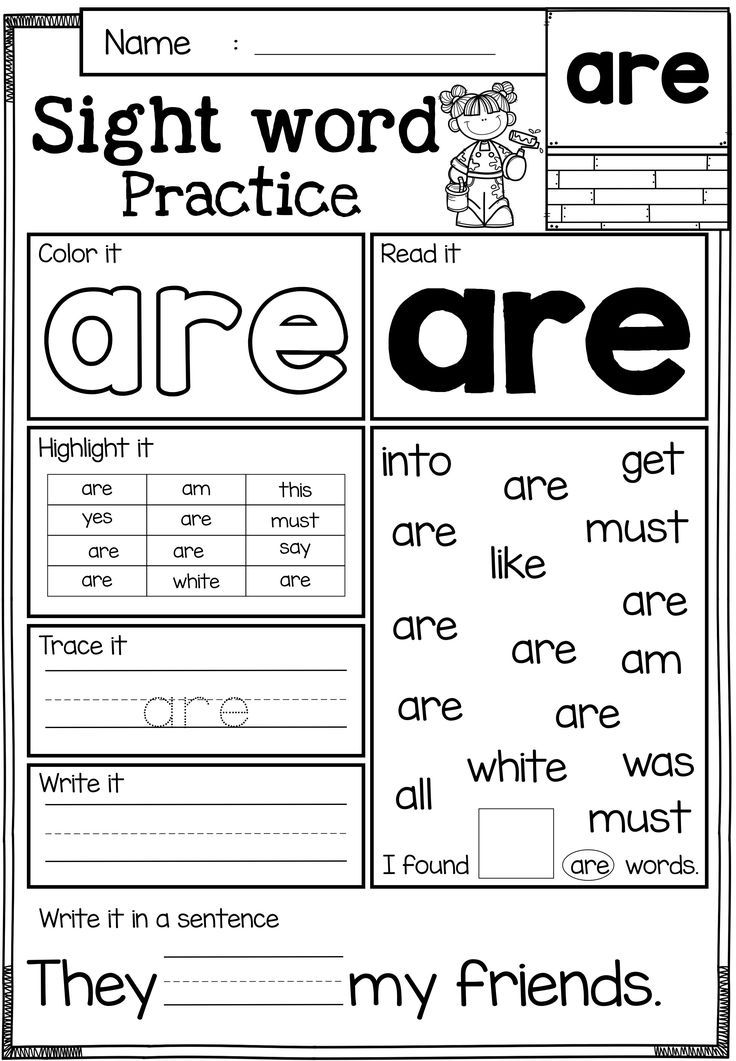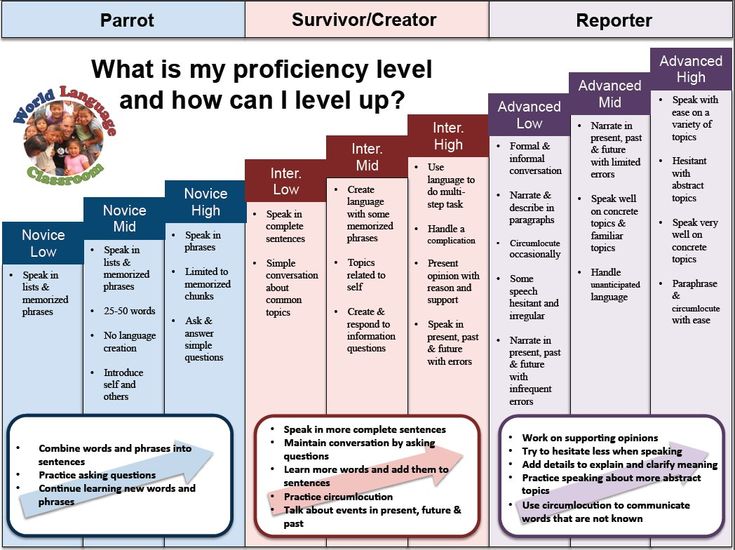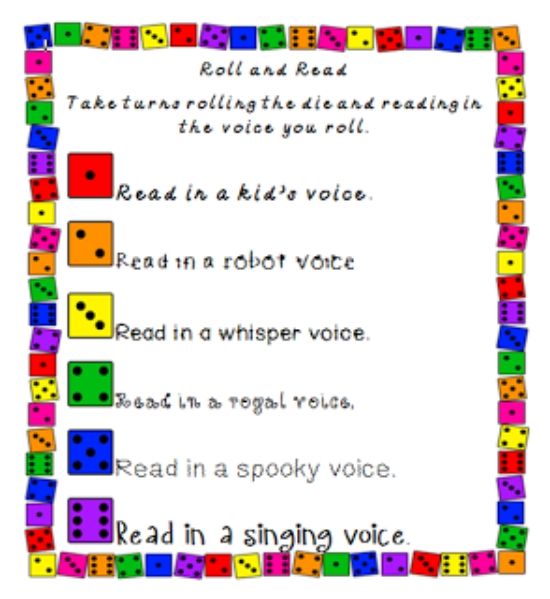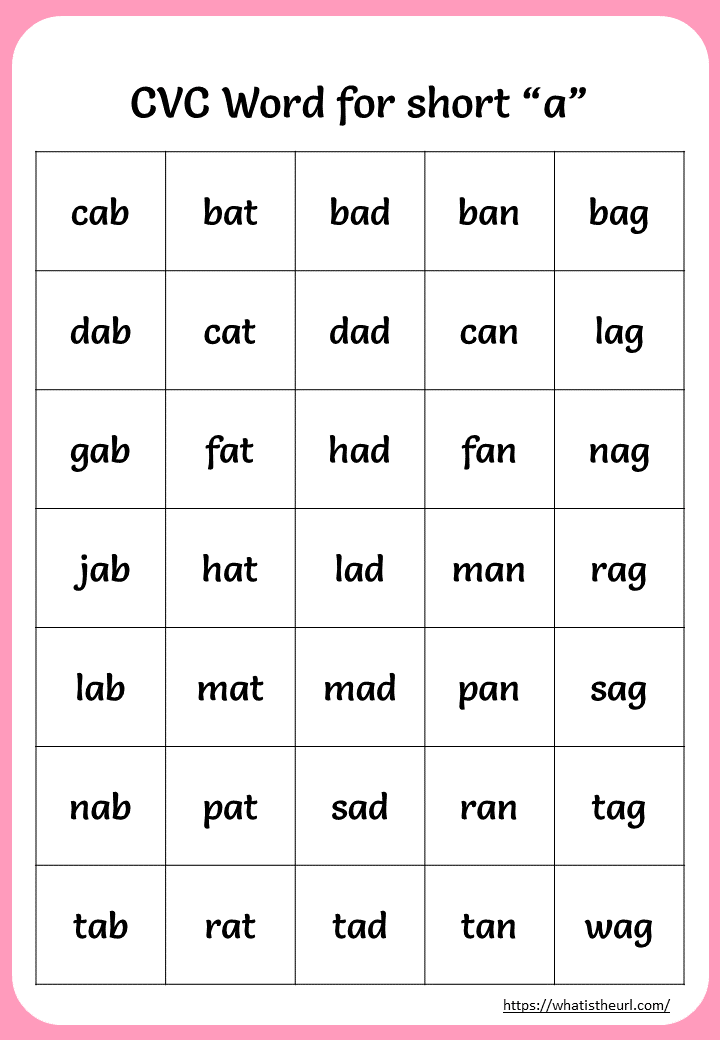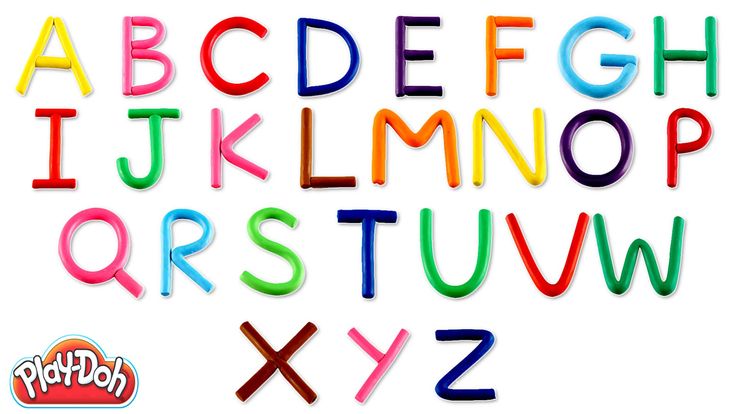Small sentences for kids
How To Make The Most Of Simple Sentences For Kids
When a child finally learns how to construct their own simple sentences, for kids (and parents!), it’s a really special moment.
Word combinations such as “knee sore” turn into, “Mommy, my knee is sore.” Or “now juice” develops into, “Can I have some juice?”
There’s no denying the importance of sentences — they help us better express our thoughts and feelings. So the only question now is: How can you help your child start constructing their own sentences so that they, too, can communicate better?
Two words: simple sentences.
When Do Kids Start Forming Sentences?
Children start forming sentences once they know a few words. But language development is quite a journey!
Somewhere between 18 and 24 months, a toddler will begin constructing two-word “sentences,” like “want milk” or “no sleep.” At this stage, they are linking two or more words together to express an idea. This is the first step and a big milestone.
By four years old (sometimes earlier), most children are speaking in complete sentences. But that doesn’t mean they’ve reached the end of their sentence journey.
While your child may be speaking in complete sentences, finding playful ways to expose four and five year olds to sophisticated aspects of sentences while being kid appropriate is beneficial. This will help them continue developing their language skills.
One of the best ways to do so is to encourage children to speak in complex sentences to express their ideas. How? This can be achieved by simply resisting the temptation to simplify our own speech.
Remember that children are learning sponges! They will naturally pick up on the language habits you expose them to. So, continue speaking in complex sentences while in their presence. It’s not a bad thing if your child asks, “What does that mean?”
Of course, simple sentences come first.
What Makes A Simple Sentence?
A simple sentence is the most basic form of a sentence.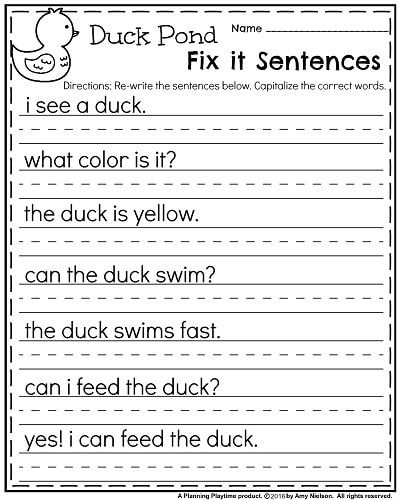 It contains only one independent clause — a group of words that forms a complete thought and is made up of a subject and predicate (which includes a verb and expresses what is said about the subject).
It contains only one independent clause — a group of words that forms a complete thought and is made up of a subject and predicate (which includes a verb and expresses what is said about the subject).
For example, in the simple sentence, Thomas kicks the ball, “Thomas” is the simple subject and “kicks the ball” is the predicate, with “kicks” being the verb, or simple predicate.
Simple sentences for kids are mostly short, but they can also be long. The length of the sentence isn’t the focus. What’s important is that the basic elements (subject and predicate) are always present.
When we communicate in our everyday lives, there’s usually a good mixture of both simple and more complex sentences without us even thinking about it. In order to help our kids reach this effortless communication stage, we need to help them understand the basics.
The good thing about the English language (and every other language, actually!) is that once you understand the basics, moving on to complicated structures is easier.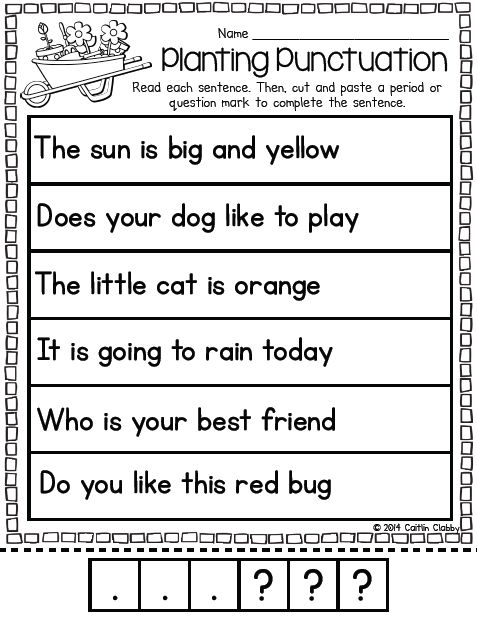
Simple Sentences For Kids To Act Out
One of the best ways for children to learn is through acting things out. If you have an active young child who enjoys moving around, why not use their energy to encourage some learning?
Here are some simple sentences for kids they will have fun acting out.
- He reads a book.
- The dog barks.
- The cat sits on the mat.
- I hop on one foot.
- The pig gobbles his food.
- The rooster crows.
With these sentences for kids, your child will have a blast while naturally learning what makes up a sentence!
Other Ways To Practice Sentences For Kids
1) Use Pictures
We recommend having your child use pictures to make up stories. You can even record the stories and listen to them for a little added fun!
If your child wants to write their ideas, too, that’s great! But don’t worry about standard spelling; much more important is the creative effort involved in thinking of a great story composed of interesting sentences of their own creation.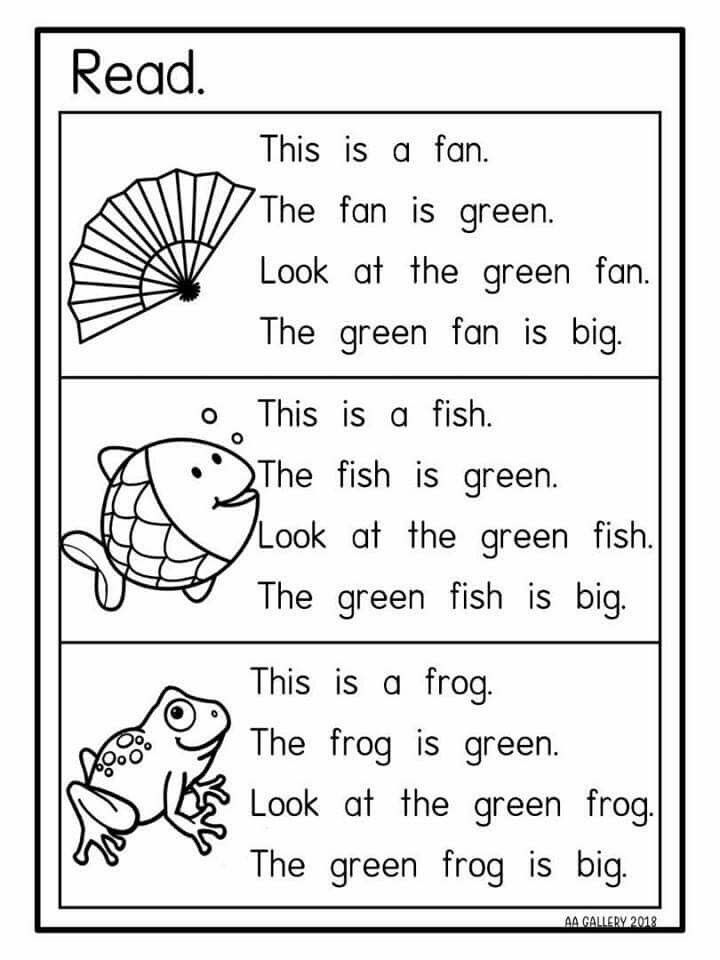
You can use pictures of animals, nature, sports, or even family photos. Then encourage your child to share whatever comes to their mind after having a look at these images.
During the first session, your child may need a few verbal prompts to help them get started. Simple questions like, “What’s happening in the picture?” or “What does this image remind you of?” can help to get their creativity flowing.
If you have multiple children, you can allow them to share what they came up with about the same image. As individuals, they will most likely think of different sentences, so this is a great opportunity to emphasize how everyone has unique ideas.
We encourage you to allow your children creative freedom here. The idea is to place an image in front of them and let them create anything they feel like creating.
2) Play Sentence Games
If you’ve been following our blog for a while, you’ll know one thing for sure — the HOMER team loves a good game! Games are not only fun, but they’re also great ways to help children remember fundamental learning concepts.
One of our favorite sentence games is Sentence Mix & Match.
What You’ll Need:
- Several index cards
- Markers to write with
What To Do:
- Write interesting subjects on half of the index cards (Ideally, these are things that your child likes. For example: dinosaurs, ice cream, different shapes, colors, etc.).
- On the other half, write predicates or sentence endings that make sense with your individual subjects.
- After writing, place the cards so that they make realistic sentences.
- Then, turn all the cards over and shuffle them. At this point, you want to ensure that you separate sentence beginnings and endings.
- After the shuffle, turn your cards over and discover what silly sentences you get.
- Remember to begin the subject cards with capital letters and sentence-endings cards with a period.
This is a fun activity to help children see that sentences are not always set in stone. They will also quickly learn that the meaning of a sentence can change when words get moved around.
3) Play With Types Of Sentences
Sentence Mix & Match is not the only way to help children learn sentences for kids while also having fun. Another activity we’re huge fans of is playing with types of sentences. Specifically — statements, questions, and exclamations.
To get started, pick any simple sentence that your child will already be familiar with (e.g., “I like playing outside.”).
Next, encourage your child to say this same sentence as a statement, a question, and then an exclamation.
Similar to Sentence Mix & Match, this game helps children understand that minor tweaks can change the meaning of a sentence.
Children will come across punctuation marks during reading time, but they may not always understand the significance of each. This game will help your child learn how periods, question marks, and exclamation points affect a sentence.
5) Make A Switch
The subject and predicate for each simple sentence have a specific function.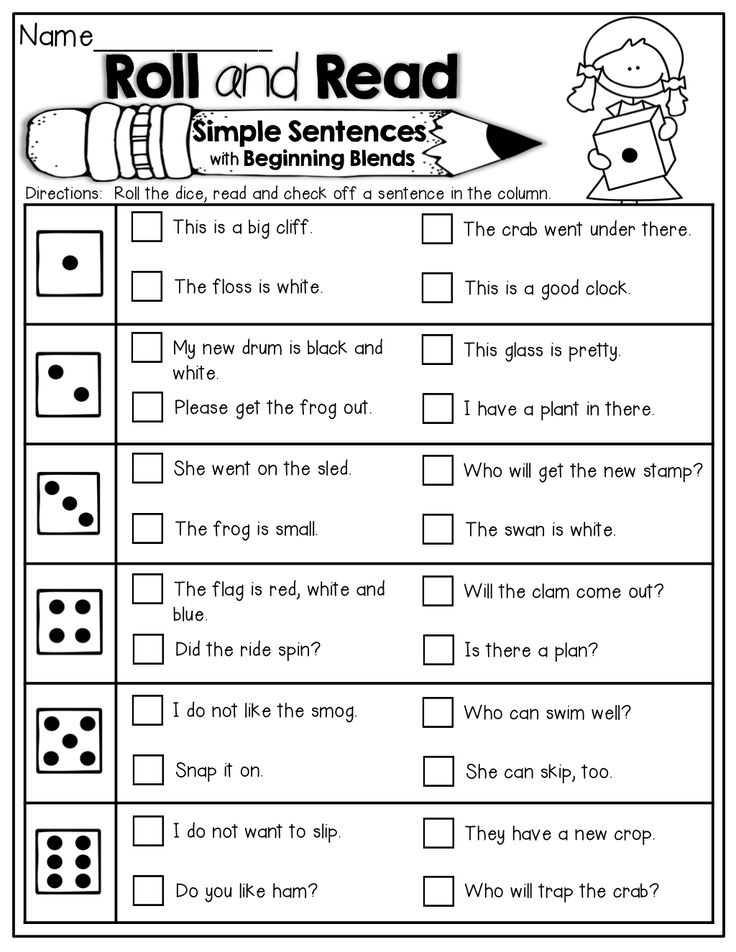 For children to use these correctly, they will need to understand what their roles are.
For children to use these correctly, they will need to understand what their roles are.
When kids start speaking as babies and then toddlers, they often repeat words, phrases, or the simple sentences they’ve heard from you, your partner, siblings, or other people around them.
At this stage, they haven’t fully grasped the functions of subjects and predicates. If we want to help our children develop their own sentences, we will need to help them understand the roles of these sentence parts.
A creative game they (and you!) will enjoy involves switching the subjects and predicates of a sentence.
Start with a simple three-word sentence, like, “A cat played.” Then take turns changing either the subject or the predicate of the sentence.
This may look something like this:
- A cat jumped
- A dog jumped
- A dog growled
- A gerbil growled
- A gerbil scampered
Once your young learner is confident switching three-word sentences, move on to four words, five words, and so forth.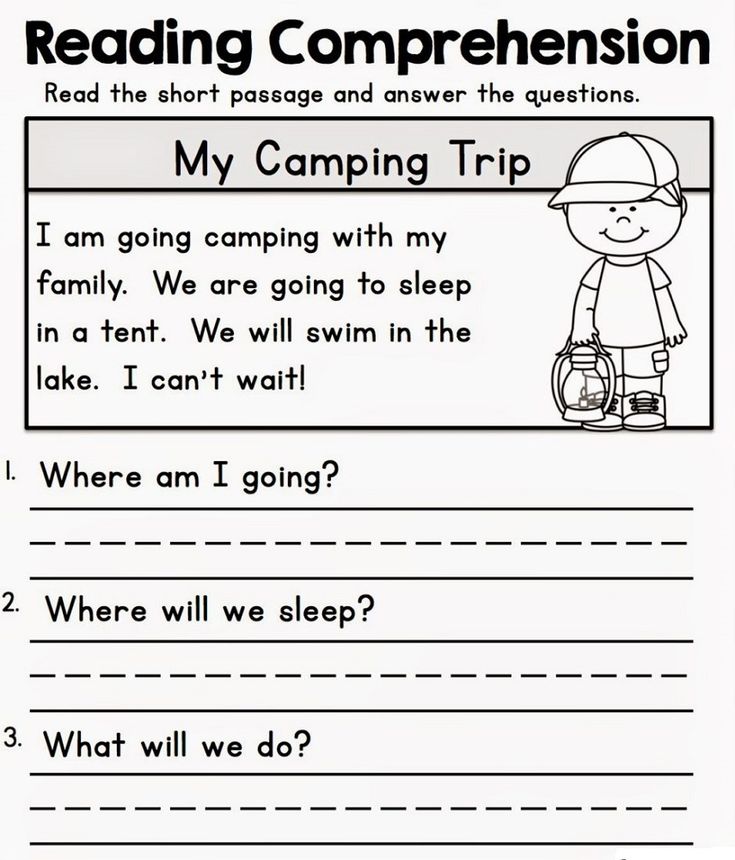
Through this fun activity, your child will start understanding the roles of predicates and subjects in sentences.
Simple Sentences For The Win!
A child’s language journey is pretty incredible. It often starts with lots of babbling and moves to single words. Soon, you get two-word combinations, and before you know it, you’re given a detailed account of what happened in class today.
As you’re doing the activities we’ve mentioned, remember to allow your child creative freedom. We know that language has a lot of rules, but that doesn’t mean it can’t be fun! Encourage your young learner to be as imaginative as they want to be.
For instance, if they write or say, “The lion growls at the dinosaur,” let’s celebrate the correct sentence construction and, for a moment, imagine a world where lions and dinosaurs exist in the same age!
For more fun and effective learning activities, check out the HOMER Learn & Grow app.
Author
100 Simple English Sentences for Kids » OnlyMyEnglish
Sentence
Are you looking for simple English sentences for kids? Here we have a huge collection of simple sentences for kids.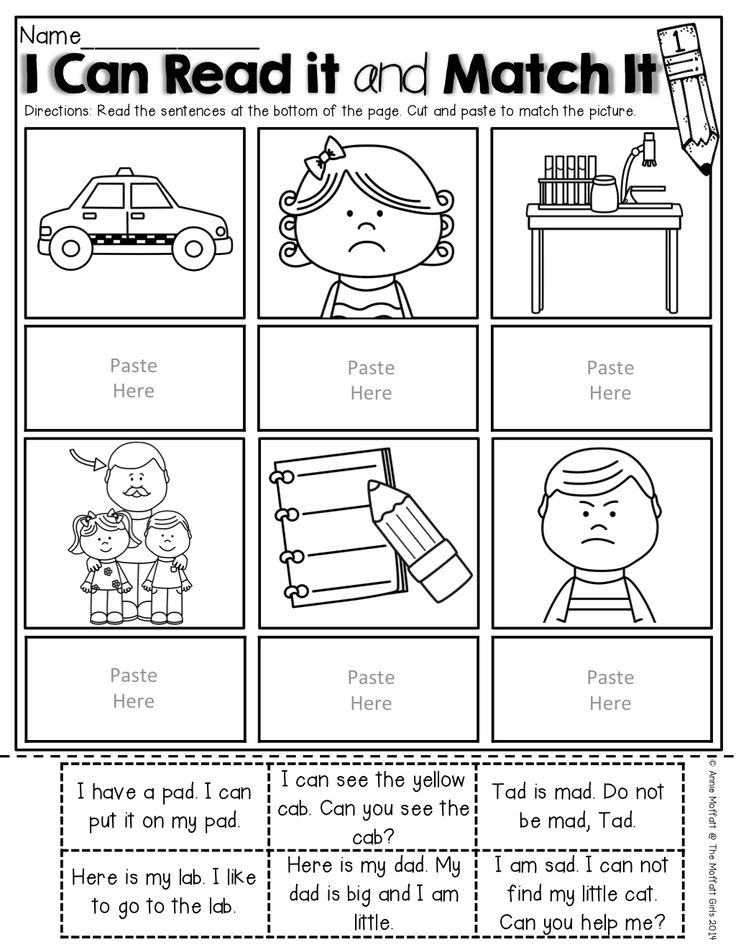
- There is no way to go outside.
- Where is the duster?
- How dare you say that!
- Wash your hands.
- Whose kid is this?
- What is going on?
- Who is your favorite teacher?
- Respect your elders and teachers.
- Put your books down.
- Where is your friend?
- Don’t be late for the class.
- It is not true.
- Go and sleep on your bed.
- Close the window.
- Switch off the Fan.
- Where are my clothes?
- Move forward in the crowd.
- Look at the sky.
- The moon is shining.
- Nobody will go out in the darkness.
- Would you like to be my friend?
- You may fall.
- You have to be calm down.
- I borrowed a book from the library.
- Go and attend the class.
- She is looking towards the car.
- This period is boring.
- Bring the attendance register.
- We are not going anywhere.
- Stop starring him.

- The homework is very easy.
- Which period is going on?
- She is not completing her assignment.
- Get up early in the morning.
- Come inside and sit here.
- Be aware, you may fall asleep.
- I forget my tiffin box at home.
- What is your favorite subject?
- I come to school by bus.
- Would you please pack your bag properly?
- I am writing an essay.
- Please, give me the piece of paper.
- She is disturbing me.
- I have hung your shirt here.
- Fill in the blanks properly.
- We have to write all the answers.
- Do you want to be successful?
- Listen to your elders.
- Put all the necessary books in a bag.
- Students clean the school ground.
- Stop irritating him.
- Don’t make noise.
- Stop talking in the classroom.
- I want to play with my friends.
- We will get ten days of Christmas Holidays.
- I am getting late for school.
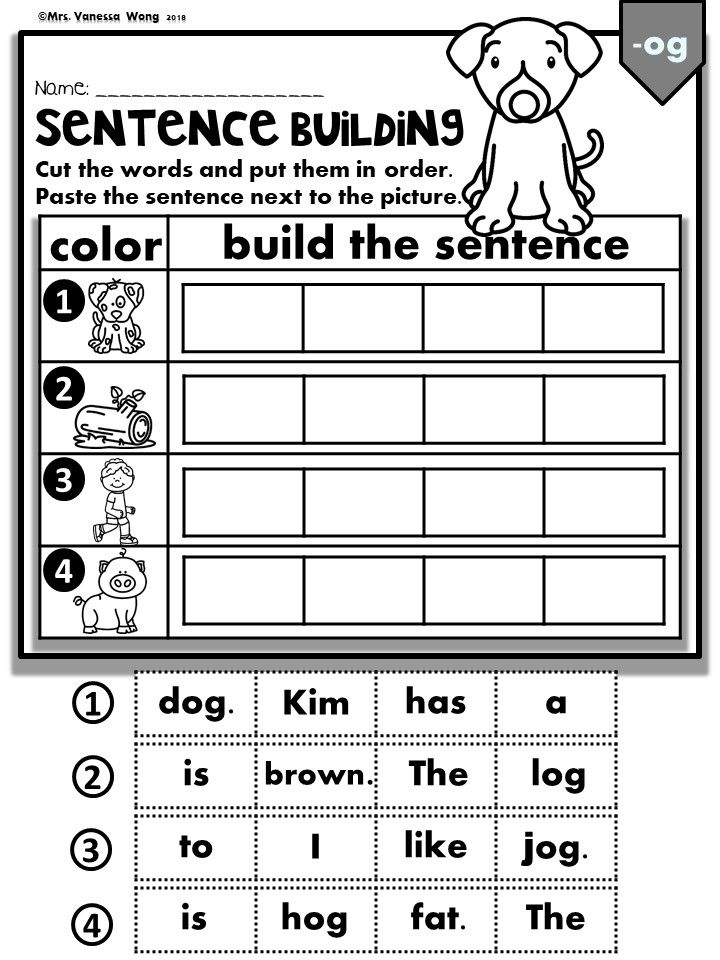
- My father always drops me at school.
- The last year of school was very fantastic.
- My friend is absent today.
- Have you got good lessons?
- Clean the blackboard.
- What is the strength of this classroom?
- Tomorrow will be a holiday.
- What’s the homework for today?
- Where are my shoes?
- You are right.
- Where is the answer sheet?
- Cut your hair and nails.
- You don’t deserve this place.
- Bind the shoelaces.
- The bird is sitting on the branch.
- Keep this a secret.
- Shut the door, please.
- Go straight, then take the first left.
- What is troubling you?
- Drive the bicycle.
- Come closer to me.
- She was bathing her kids.
- We are ready to come.
- The principal is going to announce something.
- Our class teacher is very good at teaching.
- Everyone loves to sing in the classroom.
- Where is my book?
- Complete your breakfast.
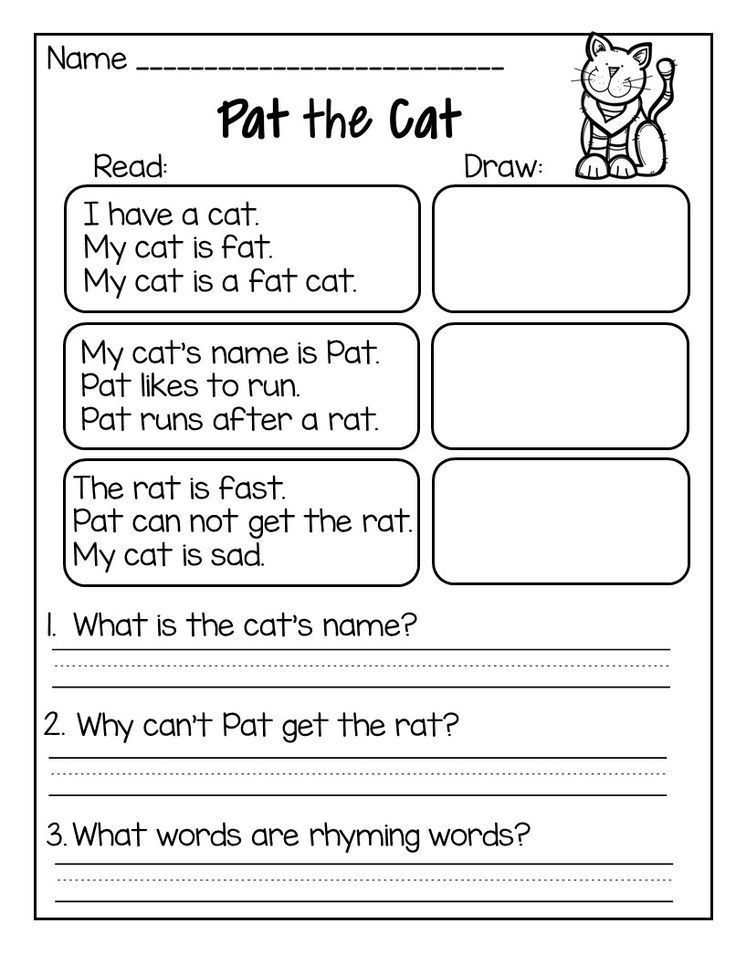
- Think about yourself.
- I am not going anywhere.
- He is playing all day.
- She is not listening to me.
- We are going to the principal’s cabin.
- My father is a businessman.
- His brother is coming to his school.
- Let’s finish the task on time.
- How long will you stay there?
- Mark my words.
- I want to help you.
- She is coming tomorrow.
- Mother is feeling down today.
- We have to help that Oldman.
- I can not understand.
- I am going to play cricket with my friends.
20 reading texts for children aged 5-6-7-8
A child who has learned to put sounds into syllables, syllables into words, and words into sentences needs to improve his reading skills through systematic training. But reading is a rather laborious and monotonous activity, and many children lose interest in it. Therefore, we offer texts of small size , the words in them are divided into syllables.
First read the work to the child yourself, and if it is long, you can read its beginning. This will interest the child. Then invite him to read the text. After each work, questions are given that help the child to understand what they have read and comprehend the basic information that they have learned from the text. After discussing the text, suggest reading it again.
Mo-lo-dets Vo-va
Ma-ma and Vo-va gu-la-li.
In-va ran-sting and fell.
It hurts no-ha, but Vo-va does not cry.
Wow!
B. Korsunskaya
Answer questions .
1. What happened to Vova?
2. What made him sick?
3. Why is Vova doing well?
Clever Bo-beak
Co-nya and co-ba-ka Bo-beak gu-la-li.
So-nya played-ra-la with a doll.
That's why So-nya in-be-zha-la to-my, and the doll for-would-la.
Bo-beek found a doll-lu and brought it to So-ne.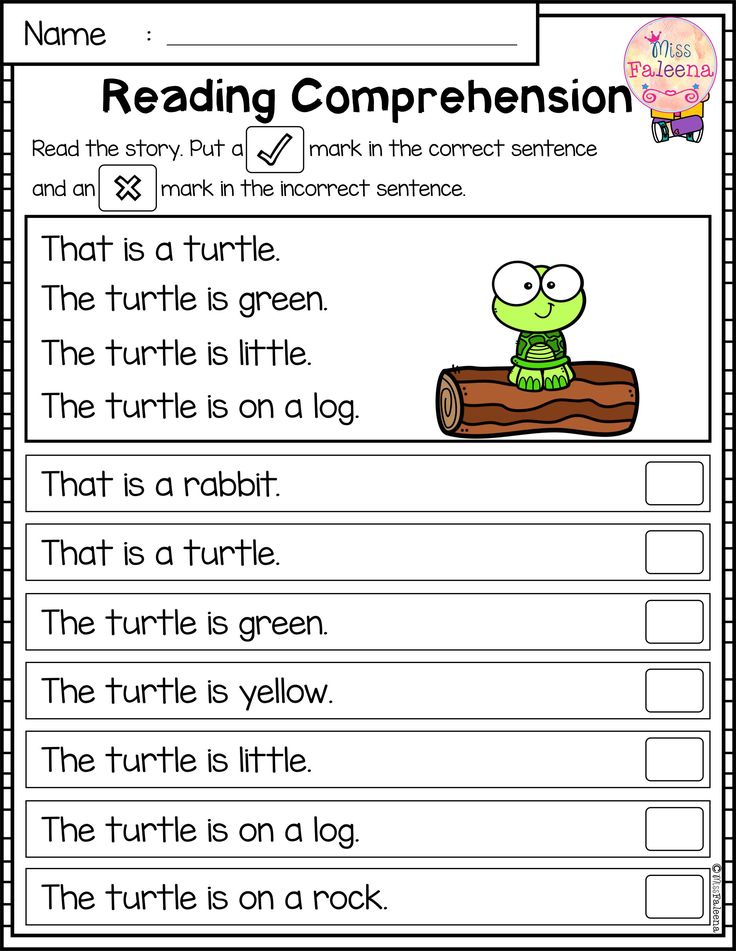
B. Korsunskaya
Answer the questions.
1. Who did Sonya walk with?
2. Where did Sonya leave the doll?
3. Who brought the doll home?
The bird made a nest on a bush. De-ti our nest-up and took off on the ground.
- Look, Vasya, three birds!
In the morning, deti came, and the nest was empty. It would be a pity.
L. Tolstoy
Answer questions.
1. What did the children do with the nest?
2. Why was the nest empty in the morning?
3. Did the children do well? How would you do?
4. Do you think this work is a fairy tale, a story or a poem?
Pete and Mi-sha had a horse. They began to argue: whose horse. Did they tear each other apart.
- Give me - my horse.
- No, you give me - the horse is not yours, but mine.
Mother came, took a horse, and became nobody's horse.
L.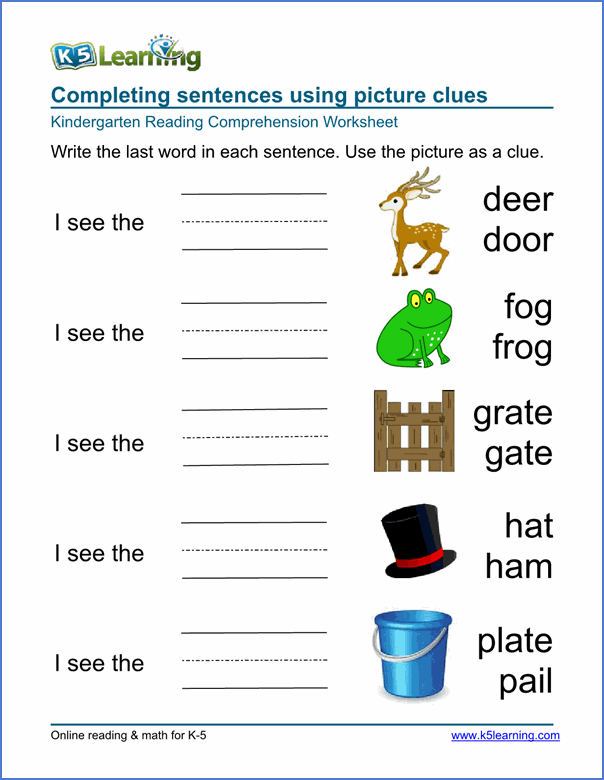 Tolstoy
Tolstoy
Answer the questions.
1. Why did Petya and Misha quarrel?
2. What did mother do?
3. Did the children play horse well? Why do you think so
?
9000 9000 9000 9000 9000 9000 9000 9000 9000 9000 9000 9000 9000 9000 9000 9000 9000 9000 9000 9000 9000 9000 9000 9000
015
9 9000 9000
FILVORDA for the development of reading, View here.
It will be interesting for children to read selected texts, they affect the emotional world of the child, develop his moral feelings and imagination . Children will get acquainted with the works of L. Tolstoy, K. Ushinsky, A. Barto, S. Mikhalkov, E. Blaginina, V.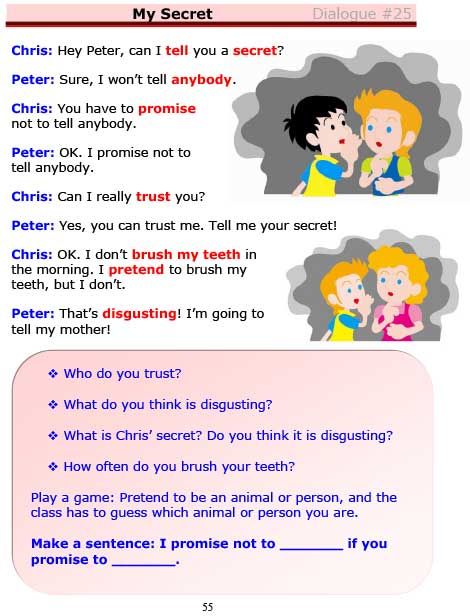 Bianchi, E. Charushin, A. Usachyov, E. Uspensky, G. Snegiryov, G. Oster, R. Rozhdestvensky, as well as fairy tales of different nations.
Bianchi, E. Charushin, A. Usachyov, E. Uspensky, G. Snegiryov, G. Oster, R. Rozhdestvensky, as well as fairy tales of different nations.
It is advisable to show children the genre features of poems, stories and fairy tales using the example of these works.
Fairy tale is a genre of oral fiction containing events unusual in the everyday sense (fantastic, wonderful or worldly) and distinguished by a special compositional and stylistic construction. In fairy tales there are fairy-tale characters, talking animals, unprecedented miracles happen.
Poem is a short poetic work in verse. The verses are read smoothly and musically, they have rhythm, meter and rhyme.
Story — small literary form; a narrative work of small volume with a small number of characters and the short duration of the events depicted. The story describes a case from life, some bright event that really happened or could happen.
In order not to discourage reading, do not force him to read texts that are uninteresting and inaccessible to his understanding.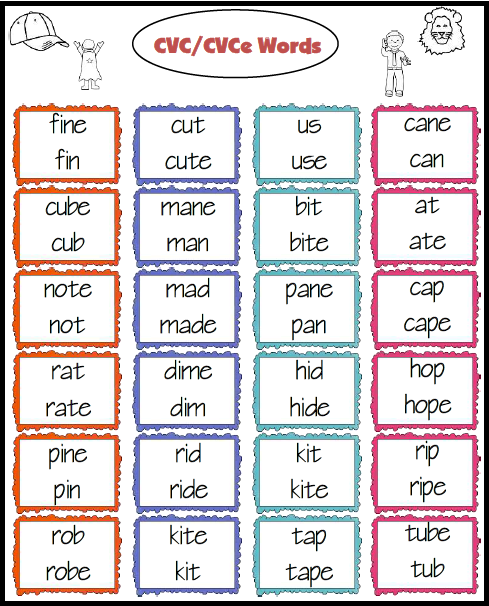 It happens that a child takes a book he knows and reads it “by heart”. Mandatory every day read to your child poems, fairy tales, stories.
It happens that a child takes a book he knows and reads it “by heart”. Mandatory every day read to your child poems, fairy tales, stories.
Daily reading enhances emotionality, develops culture, horizons and intellect, helps to cognize human experience.
Literature:
Koldina D.N. I read on my own. - M .: TC Sphere, 2011. - 32 p. (Candy).
Simple sentences for beginners to read. Suggestion games. Reading simple words by syllables
A child who has learned to put sounds into syllables, syllables into words, and words into sentences needs to improve his reading skills through systematic training. But reading is a rather laborious and monotonous activity, and many children lose interest in it. Therefore, we offer small texts , the words in them are divided into syllables.
First read the work to the child yourself , and if it is long, you can read its beginning. This will interest the child.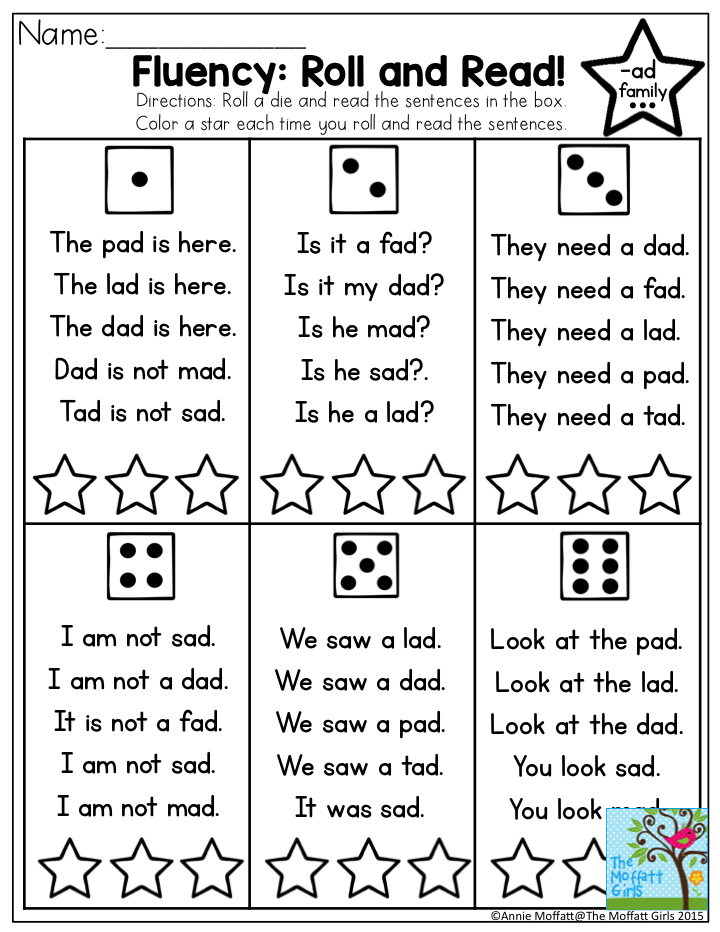 Then invite him to read the text. After each work, questions are given that help the child to understand what they have read and comprehend the basic information that they have learned from the text. After discussing the text, suggest reading it again.
Then invite him to read the text. After each work, questions are given that help the child to understand what they have read and comprehend the basic information that they have learned from the text. After discussing the text, suggest reading it again.
Clever Bean
Co-nya and co-ba-ka Bo-beek gu-la-li.
So-nya played-ra-la with a doll.
That's why So-nya in-be-zha-la to-my, and the doll for-would-la.
Bo-beek found a doll-lu and brought it to So-ne.
B. Korsunskaya
Answer the questions.
1. Who did Sonya walk with?
2. Where did Sonya leave the doll?
3. Who brought the doll home?
The bird made a nest on a bush. De-ti our nest-up and took off on the ground.
- Look, Vasya, three birds!
In the morning, deti came, and the nest was empty. It would be a pity.
Answer questions.
1. What did the children do with the nest?
2. Why was the nest empty in the morning?
3.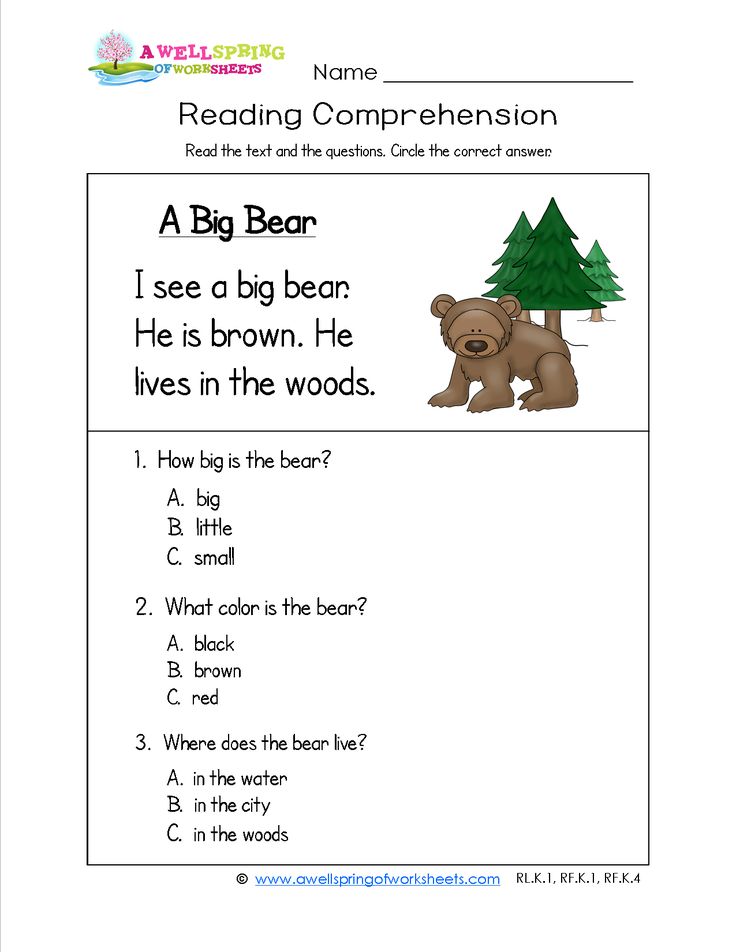 Did the children do well? How would you do?
Did the children do well? How would you do?
4. Do you think this work is a fairy tale, a story or a poem?
Pete and Mi-shi had a horse. They began to argue: whose horse. Did they tear each other apart.
- Give me - my horse.
- No, you give me - the horse is not yours, but mine.
Mother came, took a horse, and became nobody's horse.
Answer questions.
1. Why did Petya and Misha quarrel?
2. What did mother do?
3. Did the children play horse well? Why do you think so
?
It is advisable to show children the genre features of poems, stories and fairy tales using the example of these works.
A genre of oral fiction containing events unusual in the everyday sense (fantastic, miraculous or worldly) and distinguished by a special compositional and stylistic construction. In fairy tales there are fairy-tale characters, talking animals, unprecedented miracles happen.
Poem - a small poetic work in verse.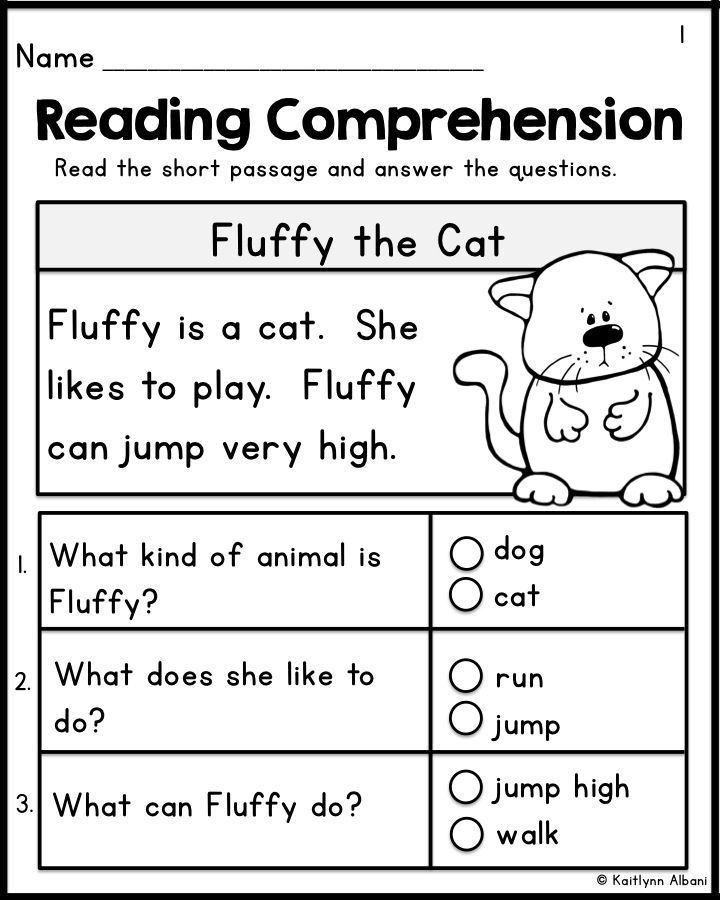 The verses are read smoothly and musically, they have rhythm, meter and rhyme.
The verses are read smoothly and musically, they have rhythm, meter and rhyme.
Story - small literary form; a narrative work of small volume with a small number of characters and the short duration of the events depicted. The story describes a case from life, some bright event that really happened or could happen.
In order not to discourage reading, do not force him to read texts that are uninteresting and inaccessible to his understanding. It happens that a child takes a book he knows and reads it “by heart”. Mandatory read to your child every day poems, fairy tales, stories.
Daily reading enhances emotionality, develops culture, horizons and intellect, helps to cognize human experience.
Literature:
Koldina D.N. I read on my own. - M.: TC Sphere, 2011. - 32 p. (Candy).
How to teach a child to read sentences in a playful way? Suppose he has already mastered the game with letters and learned to read individual words in warehouses or syllables.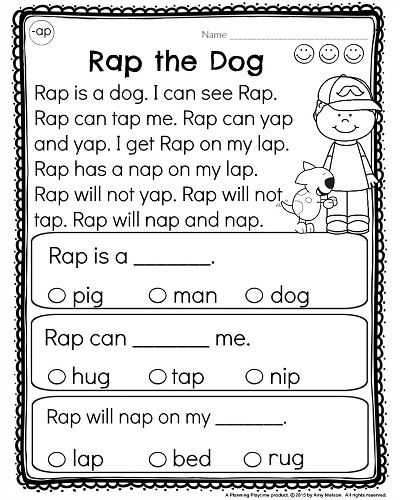 Formally, the kid seems to know how to read.
Formally, the kid seems to know how to read.
Books for the little ones
But we learn to read for a very specific purpose: getting information. Therefore, sooner or later it is necessary to move on to reading sentences. Do not artificially detain the child at the previous stage. Let's move on to reading books.
At this stage, we need a lot of baby books. You can buy them (like the My First Books series). But what is available in bookstores will not be enough. In addition, these books will be useful for a very short time. Expensive for money.
Homemade books
Some mothers make homemade books, which is time consuming. It takes a lot of time and effort to make them, even for such simple books, and the child also uses them for a short time. There are many very beautiful books made of felt, papier-mâché and other interesting materials on the Internet. But our task is to learn to read, not to entertain the baby. The book should be simple and clear, focused on the case.
Texts with pictures
Texts with pictures can be found on the Internet. Like the one below. But often this is a poor quality print. And most are simply not suited for early learning to read.
Drawing short stories
Some teachers suggest drawing all sorts of stories, writing down at the same time the words that the child will read as the story is drawn. This is probably the most inexpensive way.
How is it done?
- Take a notebook and a pencil (pen, felt-tip pen). At first, we take a sketchbook because of its dense sheets. We will write history on it.
- You can retell a well-known (for example, a fairy tale) or come up with your own. The second option is more interesting, because you can invent a story as you draw. In addition, we use topics within the interests of the child: the boy loves cars, let the texts be about them.
- Draw and tell. We do not pronounce some words, but write them, inviting the child to read them on their own.
 First, these are separate words, phrases, and then whole sentences or even several (2-3) sentences.
First, these are separate words, phrases, and then whole sentences or even several (2-3) sentences.
Once upon a time there was a girl Marusya . She had a doll Ira . Marusya went to school every day . A doll was waiting for her return. One day doll got bored . She decided to go to guests . Looked around, sees car . Approached Ira to the car and asked to drive her to the teddy bear Misha who lived in the next room. Machine agreed. On the way they stopped at store and bought candy ...
We write the highlighted words, and the child reads. Such stories can be developed endlessly.
For a child to start reading sentences, more than a dozen books will be required. And the option of drawing texts will free you from worrying where to get them. You can immediately sit down and start working. We have used this technique many times, each time convinced of its effectiveness.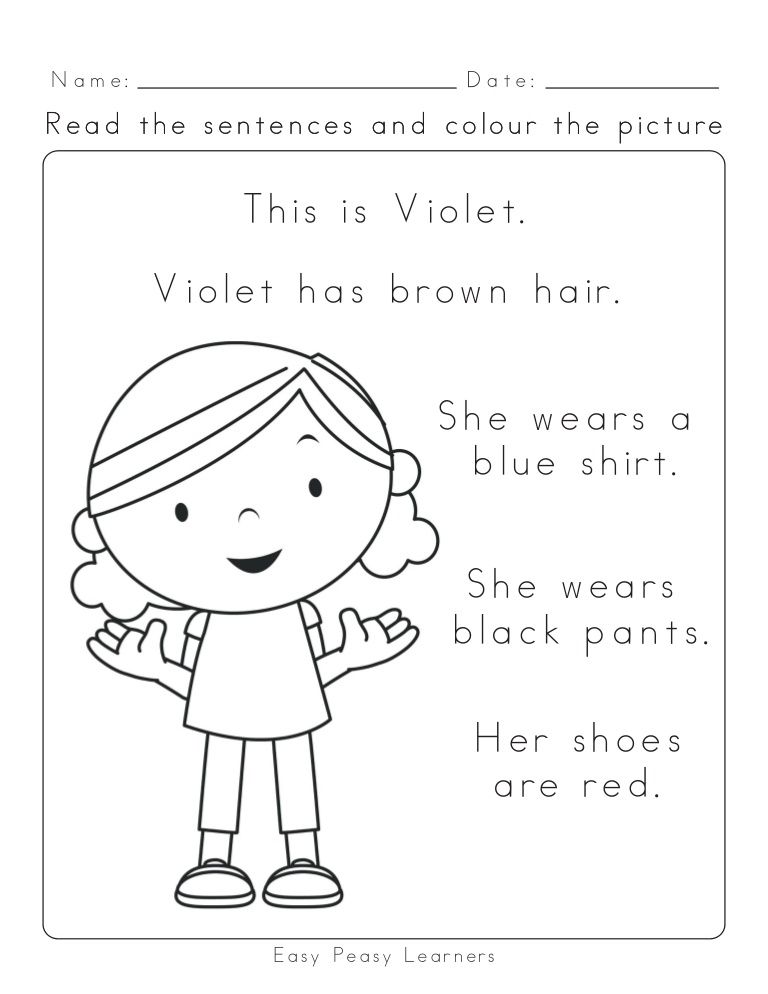 For a change, it is convenient to alternate between drawing texts and working with books.
For a change, it is convenient to alternate between drawing texts and working with books.
As they mastered reading in sentences, we gave the older children the opportunity to write short sentences for adults themselves. In this case, help in the correct spelling of words. Prescribing words, the baby learns to analyze them.
It is important that the child likes to do this, inventing different stories with his mother. Then you don't have to motivate him to read. The Non-Standard Children website wishes success to its readers.
Children's texts for reading by syllables. Read on your own. When a child learns to read, some children need to read syllable by syllable, and some are more comfortable reading in full words without dashes. The page provides simple texts in both versions. We read in syllables.
There was a thunderstorm. It was pouring heavy rain. Gre-chalk thunder. Stre-ko-za-bra-la-s under the mushroom. Mi-mo on do-ro-ge half-evil u-lit-ka.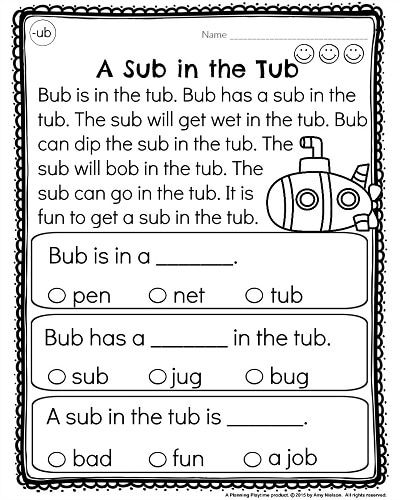 Stre-ko-for go-vo-rit:
Stre-ko-for go-vo-rit:
-U-lit-ka, u-lit-ka! Come to me. Here soo-ho, like under. roofs.
- I don't need a roof! My house is with me.
Thunderstorm
There was a thunderstorm. It was pouring heavy rain. Thunder rumbled. The dragonfly climbed under the mushroom. A snail was crawling along the road. Dragonfly says:
- Snail, snail! Come to me. It's dry as hell in here. roof.
- I don't need a roof! My house is with me.
It's not just a ve-dot
Mi-sha slo-small ma-le-n-ki du-bok.
– Why did you do this? - oh-gor-chi-la-s Ma-sha.
-Yes, it's just a hundred ve-dot-ka!
- No, you gu-beat pain-sho-e, mo-gu-che-de-re-vo, - said Ma-sha.
It's not just a twig
Misha broke a small oak tree.
– Why did you do it? Masha was upset.
-Yes, it's just a twig!
– No, you destroyed a big, mighty tree, – said Masha.
Wow
Re-bya-ta gu-la-li in the forest. Went-la Na-dya on-la-well. Looks: oh-ko-lo no-e red-we-e I-go-dy. I-a year would-lo not-much. Na-dya collected them in la-dosh-ku, but didn’t eat.
Looks: oh-ko-lo no-e red-we-e I-go-dy. I-a year would-lo not-much. Na-dya collected them in la-dosh-ku, but didn’t eat.
- No! Vasya! Come to me! Earth-la-no-ka! Per-va-I earth-la-no-ka!
When-be-zha-whether be-bya-ta. And everyone is two years old
- Oh, how delicious!
Soon there will be a lot of earth-la-no-ki. But the first I-go-dy-sa-we-e sun-nye.
Strawberry
The guys were walking in the forest. Nadia stepped out into the clearing. Looks: there are red berries near her. There were few berries. Nadia gathered them in her palm, but did not eat.
- Petya! Vasya! Come to me! Strawberries! First strawberry!
The guys came running. And everyone has two berries.
-Oh, how delicious!
Soon there will be a lot of strawberries. But the first berries are the most delicious.
U-tro
The boy and the girl are going to school.
And Le-na is drinking tea.
-Daughter, it's already eight o'clock!
-Our watch is too-three, ma-moch-ka!
- No, Le-night-ka.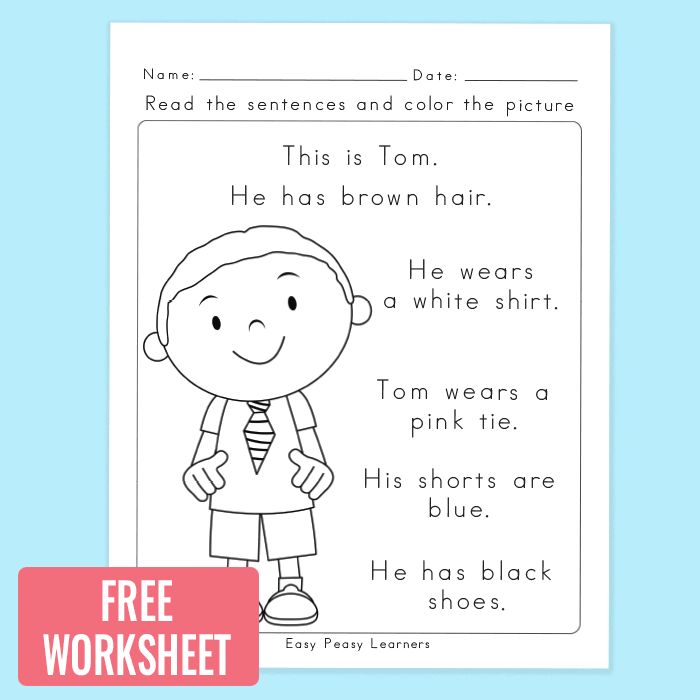 Hours are right. And you de-la-eat everything honey-le-no.
Hours are right. And you de-la-eat everything honey-le-no.
Morning
A boy and a girl go to school.
And Lena is drinking tea.
- Daughter, it's already eight o'clock! - Mom says
Lena looks at her watch.
-Our clock is going too fast, Mommy!
- No, Lenochka. The clock is running right. And you do everything slowly.
Your little one has learned the letters, actively adding syllables and small words. It's time to move on to more complex, but interesting tasks - reading texts. But here parents and teachers expect some difficulties. It is impossible to offer a preschooler text cards without taking into account the characteristics of age, the degree of development of the skill of syllable reading. We will tell you in our article how to choose texts for reading for preschoolers, where to find and how to correctly print texts for reading by syllables for younger and older preschoolers.
Age characteristics of preschoolers
Kindergarteners after 5 years are very active, mobile, inquisitive.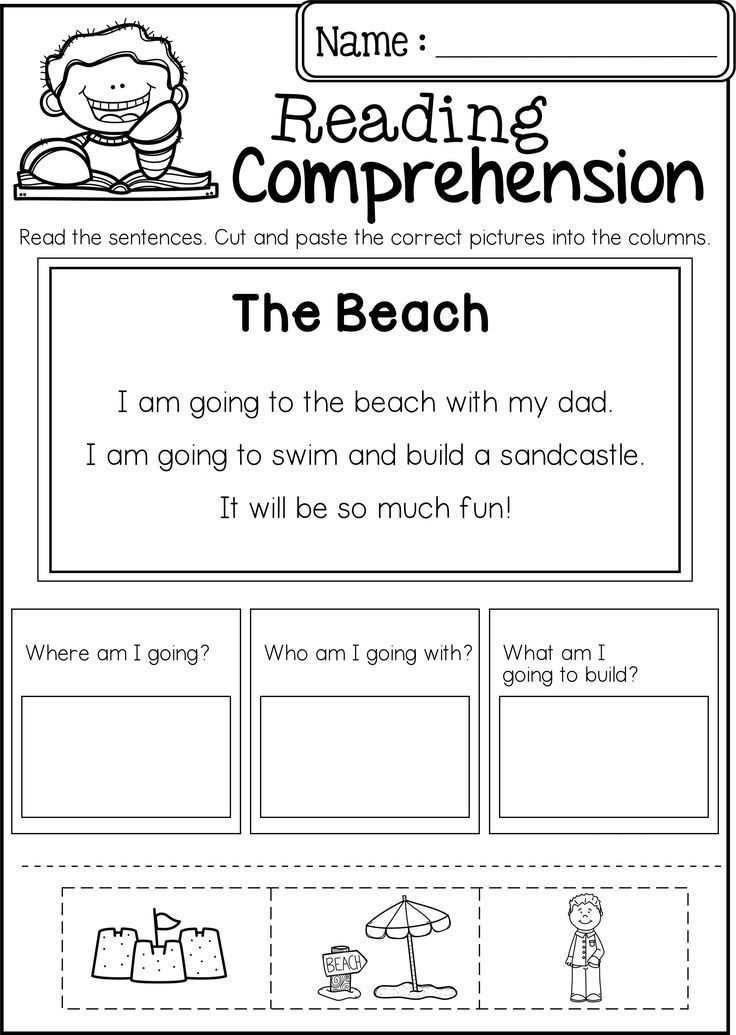 They rapidly grow up, grow wiser, develop physically and mentally.
They rapidly grow up, grow wiser, develop physically and mentally.
When preparing for school, parents and teachers should pay attention to the following age characteristics of children aged 4-7:
- The main need of kindergarteners is communication and games. Children ask a lot of questions to adults, themselves, peers. Learn by playing.
- The leading mental function is imagination, fantasy. This helps to show creativity.
- Emotions, impressions, positive experiences are important for further development, the desire to continue activities. Kindergartener 5-7 years old needs praise, support, lack of comparison with other children.
- Cognitive processes are actively developing: attention, memory. At 5-7 years old, preschoolers can remember and analyze a large amount of information. But you need to give it in doses, trying not to overload the children's brain in one lesson.
- Speech becomes more developed. At the age of 5, the kid speaks in complex sentences, can pick up several synonyms for one word, knows a lot of poems, riddles, and several fairy tales by heart.
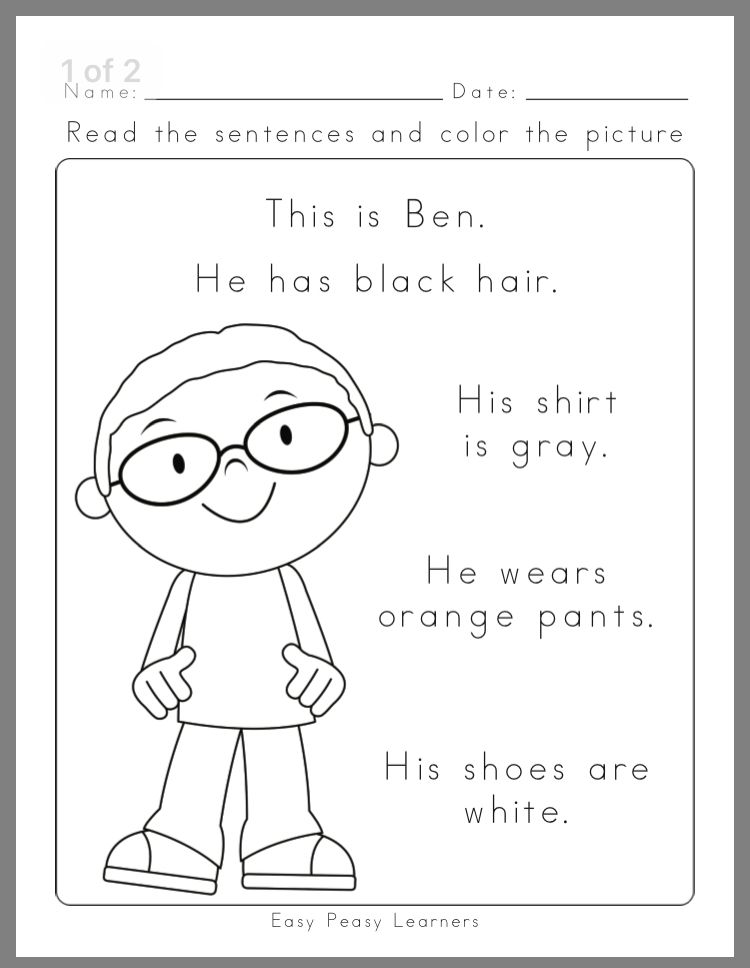
- Kindergartener wants to learn new things and learn. The kid is spurred on by curiosity, he is interested in everything new, unknown.
Consider the age and individual characteristics of preschoolers when choosing texts to read. In this case, the training sessions will be more effective.
How to work with texts
Reading poems, short stories for preschoolers - a new kind of work. The difficulty of completing the reading task lies in the fact that the kindergartener does not always understand the meaning of the passage. To avoid this, you need to approach the choice of material and methods of its processing correctly. Build the learning process as follows:
- Match the handouts to the student's age. For kids 4-5 years old, cards of 1-3 sentences, for older preschoolers - 4-5 sentences.
- Pay attention to the number of words in the sentences. There should be few of them. Simple texts for reading for preschoolers are easier to digest, but you can’t stay at an easy level for a long time.
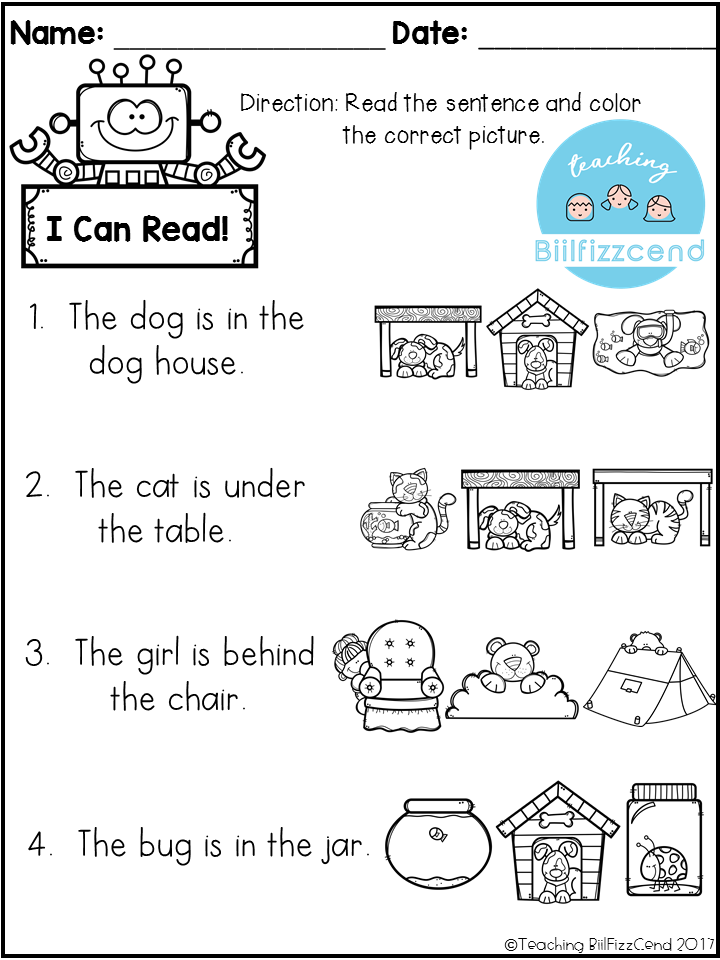
- Move on to working with text cards after automating syllabic reading.
- Read in a chain in a group or together with adults in individual work.
- Do not rush the child. At the learning stage, reading comprehension is important, not the speed of reading and the amount of time spent.
Texts for children 4-5 years old
Preschoolers need special suggestion cards. Reading by syllables for children under 5 years old is best accompanied by text with pictures. For example, coloring pages with comments. Coloring will be an additional task.
If we read by syllables for the first time, reading texts should consist of 1-2 sentences. Use small words, 1-2 syllables. Cards can be prepared independently, found on the web and printed.
For young students, it is important that there is a hyphen or other separator between syllables. Choose a font for printing material for reading by syllables at 4 years old, large, bold.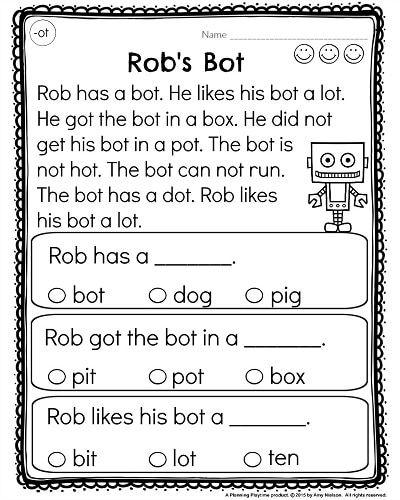
- Learning to read by syllables through working with text does not have to start after learning the entire alphabet. Find for reading to children from 5 years old and print out individual sentences from such words, which consist of learned letters. There are many of them in the Zhukova alphabet.
- At the age of 4 to 5, it is not necessary to offer children a whole fairy tale, a book. Large volumes scare kids, distract with colorful drawings on other pages. Print only the section you want.
- Play with a passage, a poem. You can read a word separately, then a phrase, then a whole syntactic unit.
- Work according to the following algorithm. First we read, then we discuss, draw, fantasize.
Jobs
After reading the texts, be sure to study the material further. This is necessary for a solid assimilation of information, the formation of meaningful reading skills. Offer preschoolers the following types of assignments for the passage:
- Brief summary.

Kindergartener must tell what he learned, what information was the main thing in the text. It is advisable to use the words read, to name the names of the characters, their actions. - Answer the questions.
Speech therapist, parent ask 1-3 simple questions about the material read.
If the child does not answer them, read the passage together with the adult's comments. - Draw a picture.
We play illustrators. Children come up with a plot picture based on the information received from the passage, the poem. It could be homework. - What happened next?
Offer to dream up, think about what could happen to the characters next.
Reading texts with pictures and tasks:
texts for children 6-7 years old
If you are preparing reading texts for children aged 6-7, then you can print entire paragraphs. For work, choose excerpts from fairy tales, short stories.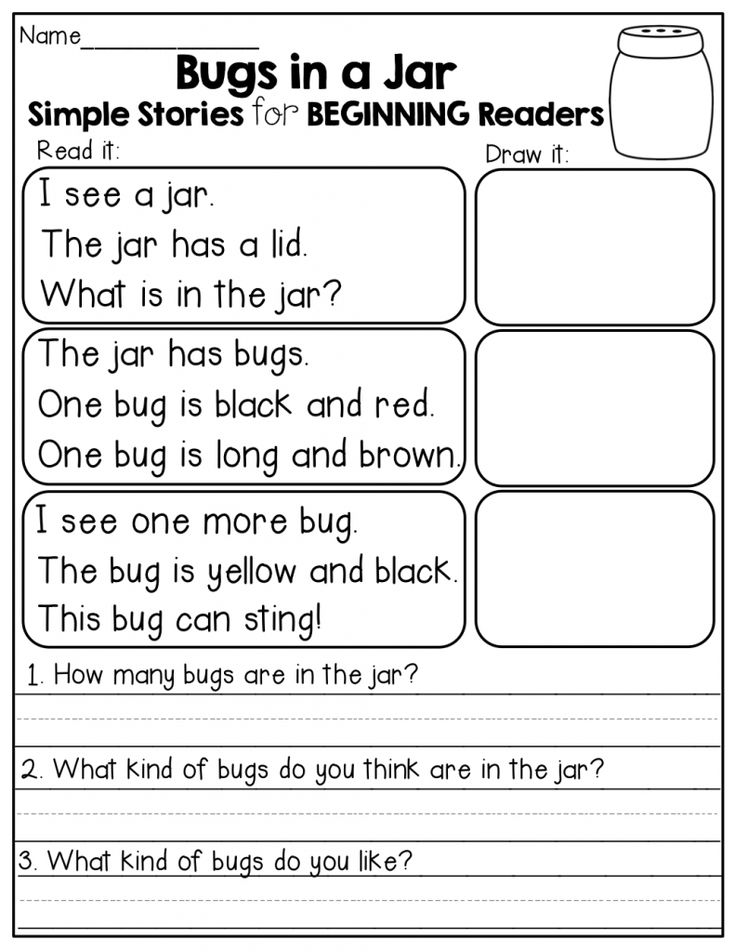 With large works, you can work 2-3 lessons. Do not forget about short stories from the alphabet or primer.
With large works, you can work 2-3 lessons. Do not forget about short stories from the alphabet or primer.
- Work through the sentences in a chain, try to involve each student.
- After reading the short passage for the first time, discuss the content. If you find any misunderstandings of the information, read the passage again.
- If we read individually by syllables, different texts for reading to children of 7 years old should be printed on separate sheets.
Texts with tails:
GAMES WITH OFFERS FOR CHILDREN 5 YEARS.
GAMES WITH OFFERS.
COMPLETE A PHRASE.
Write the words on the cards, in different grammatical forms. Invite the child to choose the right words and make phrases (connect them with arrows or put them side by side if the words are written on split cards). For example:
NEW DRESS IT'S TIME
NEW YEAR CHILDREN HAVE COME
NEW TOYS COME SON
NEW APARTMENT COME DAUGHTER
Remember about the "extra" answer to increase the intensity of the task! How to do it in such tasks? For the first task: either remove one word ("new", for example) or add a word ("car", for example). The same for the second task: add or remove one word.
The same for the second task: add or remove one word.
WHICH WORD IS LOST?
The exercise helps to learn to comprehend the meaning of prepositions. Write phrases that include prepositions, write the prepositions themselves on separate cards. Invite the child to "return" the "little words" to their place. A complicated option: the child is not given prepositions, he himself guesses which word is missing and enters it. For example:
TEA _ SUGAR
CAT _ SOFA
COSTUME _ CLOSET
DOG _ FENCE
CAME _ STORE
ANIMAL BOOK
ON, IN, WITH, FROM, FOR, O, FROM ("extra" answer option).
CHOOSE THE END.
Write word combinations consisting of an adjective and a noun or a past tense verb and a noun, write the endings of adjectives and verbs on separate cards, the child should put the endings into place. Provide "extra" answer options! LOUD_ SOUNDS
LOUD_ SONG
LOUD_ SINGING
LOUD_ VOICE
TH, TH, TH, TH, TH.
TIME RUN_
BOYS RUN_
VERA RUN_
-A, -O, -I.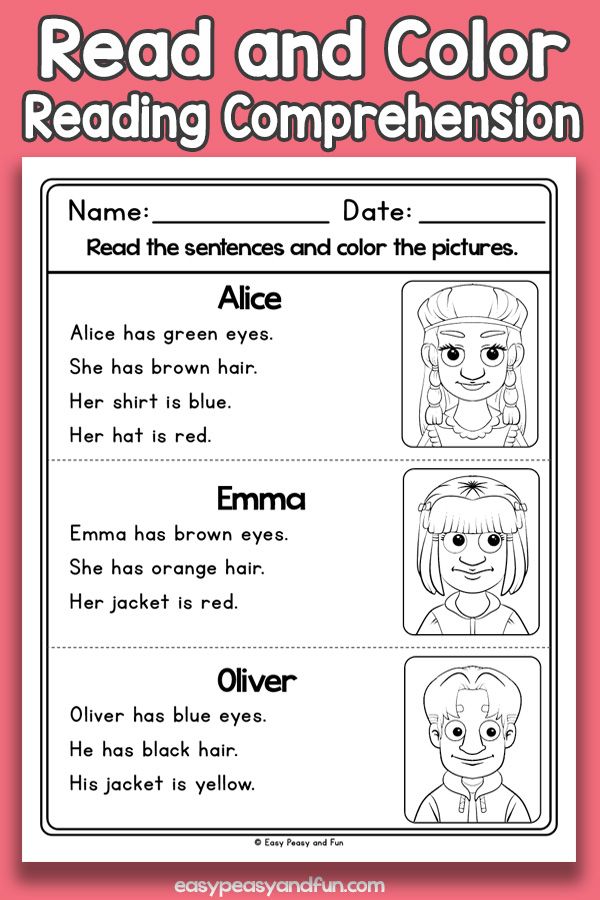
When reading assumptions for the first time, the effect of repeated repetition of the words read may occur. As well as in the case of repeating syllables when reading words, this helps the child to understand what they read more easily and not to forget the first words by the time they read and understand the last words of the sentence (“Lena, ela, Lena ate, raspberries, Lena ate raspberries”). There is no need to interfere with such reading: soon the child will learn to quickly understand the sentence read and without repeating words.
But to make it easier to read sentences, you can use sentences in which pictures are inserted instead of some words, then the number of words that need to be comprehended when reading will be less, which means it will become easier to read the sentence.
Before giving a child a sentence to read, make sure it does not contain complex long words. If such words are found in a sentence, offer to read them to the child in advance, if necessary, help him read and understand this word. Sentence + picture
Sentence + picture
SPLIT OFFERS.
For this task, you need to write sentences on cards and cut them into words. The child reads the words and makes a sentence out of them. You can add extra words to the set of words of the sentence that do not fit the meaning or form of the word, for example: the content of the sentence, this will help the child quickly comprehend the options for possible relationships between the proposed words.
When the child has mastered reading sentences, you can start reading short texts. When working with a text, another level of comprehension of what has been read appears - an understanding of the sequence and cause-and-effect relationships of the events described in the text.
To facilitate reading comprehension, it is important to ask as many different questions as possible on the text, while the child can answer in his own words or read the answer from the text.
At this stage of learning to read, you can also play entertaining games with your child.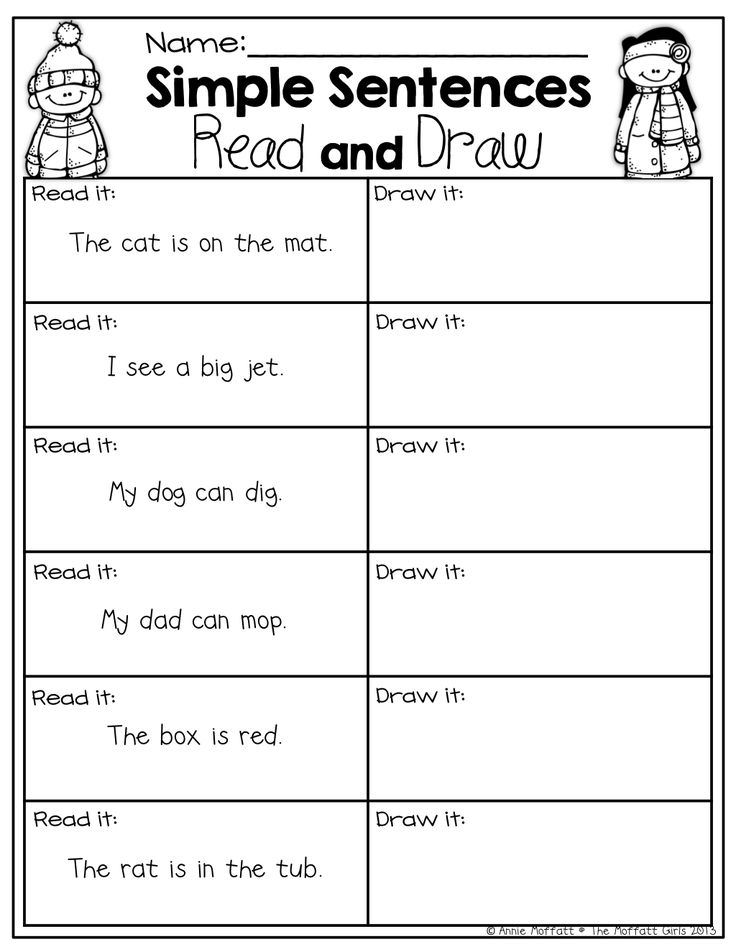
TITLE FOR STORY.
Purpose: to learn to read a text, to learn to understand what is read, to develop speech.
Age: from 5 years old.
How to play?
Before playing, select the text from 4-6 simple sentences. Read it for yourself, come up with a title. On a piece of paper, write 3-4 options for the title of the story, and only one of them should be suitable for its content. For example, you could suggest the following titles for the story below: At sea / For berries / Good in the forest / Lost.
ONCE KATYA WALKED INTO THE FOREST WITH GRANDPA. THERE SHE HAD FLOWERS AND LEAVES. KATYA MADE A BEAUTIFUL BOUQUET. AND GRANDFATHER FOUND A LOT OF ANIMALS. HAPPY THEY RETURNED HOME.
Invite the child to read the story and choose an appropriate title for it.
COMPLETE A STORY.
Purpose: to learn to compose a text from sentences, to develop thinking.
Age: from 5 years old.
What you will need: any text (from the "Primer" or "ABC"), paper, colored pencils or felt-tip pens, scissors.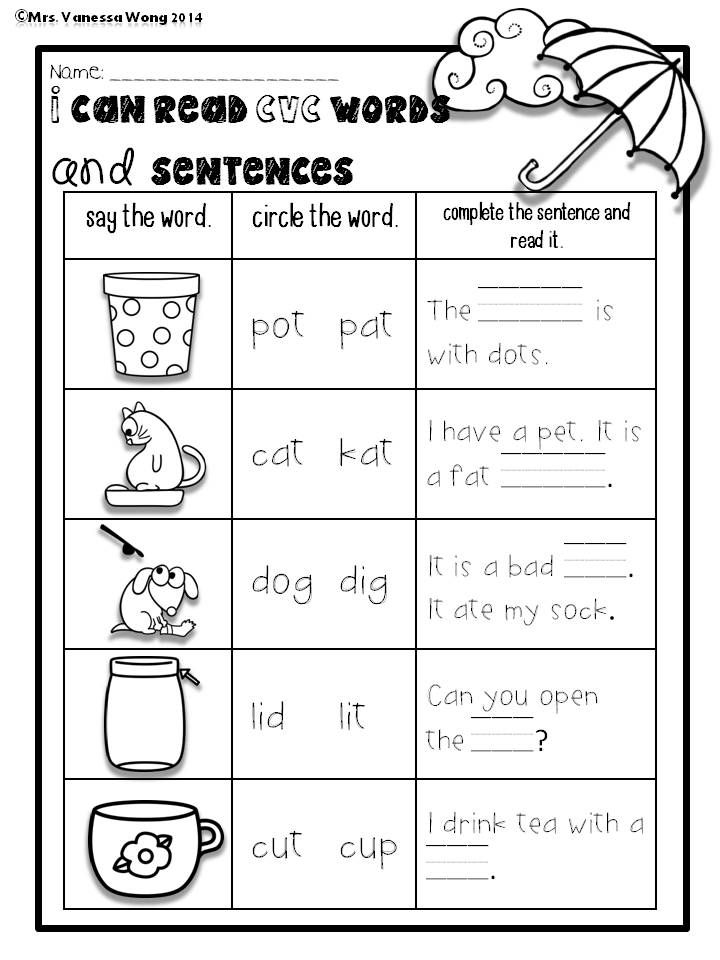
How to play?
Choose a text from 3-6 sentences. The number of words in each sentence should not exceed 6. Use colored felt-tip pens or pencils to write sentences from the text on separate strips of paper. Or write the whole text first and then cut it into sentences. It will turn out more accurately if you use the capabilities of a computer to type the story.
Example of sentences for the game: THE PERFORMANCE WAS LONG / THEY ASKED MOM TO TAKE MORE TICKETS / IRA AND SVETA TODAY MOM TAKE IT TO THE THEATER / THE GIRLS LOVED IT AT THE THEATER / THE GIRLS WEARED FINE DRESSES / THE ARTISTS WERE SINGING AND DANCED ON THE STAGE /.
Ask the child to read each sentence separately, guess what the story is about, and put the sentences in the correct order. This type of work helps to form an understanding of the cause-and-effect relationships of events.
MAKE AN ENDING TO THE STORY.
The child reads the story, but not to the end. Thinks out how the story can end, checks his assumption, reading to the end. Remember to praise the child both if he guessed correctly and if he came up with his own original ending to the story.
Remember to praise the child both if he guessed correctly and if he came up with his own original ending to the story.
DOTS OUT.
Purpose: to learn to determine the boundaries of sentences in the text, to learn to understand what is read, to develop speech.
Age: from 6 years old.
What you will need: any text (from the "Primer" or "ABC"), paper, colored pencils or felt-tip pens.
How to play?
To play the game, write on a piece of paper or print on a printer a text consisting of 3-6 sentences. Do not place punctuation marks (it is desirable that only periods occur in the text). Tell the child that all the points have escaped from this story, so it has become impossible to understand its meaning. Invite the child to read the "strange" story and try to determine where one phrase ends and the next begins, that is, dot it correctly.
For example:
Lena bought a doll on a doll was a white dress, the girl doll liked her she rolled her in a stroller in the evening, the girl took a doll with her to sleep
or another example:
Yura and her mother were in a grove there a whole swarm of mosquitoes, the boy closed his hands on their hands BRIGHT THE FIRE MOSCOOTS ARE AFRAID OF SMOKE THIS WAS SALVATION FROM THEM
OFFER + PICTURE.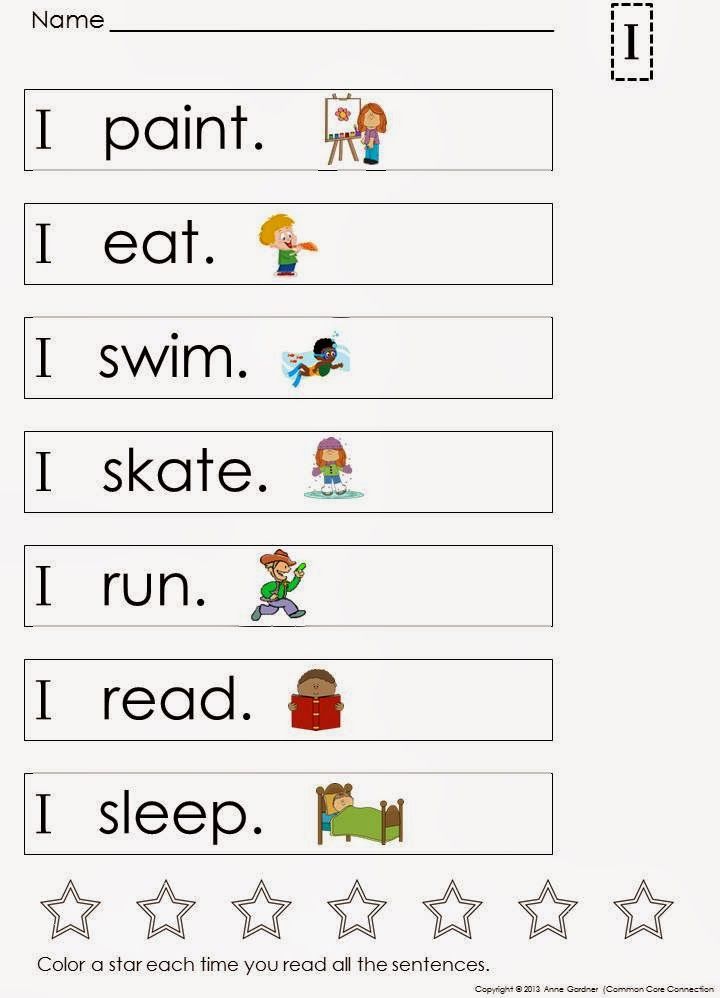
For this exercise, you will need several scene pictures. The adult comes up with and writes down sentences for these pictures on separate cards (one or more for each picture), the child reads the sentences and determines which pictures they fit.
NOTES.
Purpose: to learn to read simple sentences, to learn to understand what they read.
Age: from 5 years old.
What you will need: a small "surprise" (it could be a new toy, a book or magazine, pencils or paints, a chocolate bar, a theater ticket or something else that you want to give your child), note paper, envelopes, felt-tip pen.
How to play?
Write on the first note: "Look under the book." Do not hide this note, it will need to be given to the child first at the beginning of the game. In a note that you will later hide under the book, write: "Look under the pillow." In a note that you will hide under your pillow, write: "Look in the refrigerator," etc. Make 3-4 notes the first time. In the last note, you need to write where the surprise itself is located.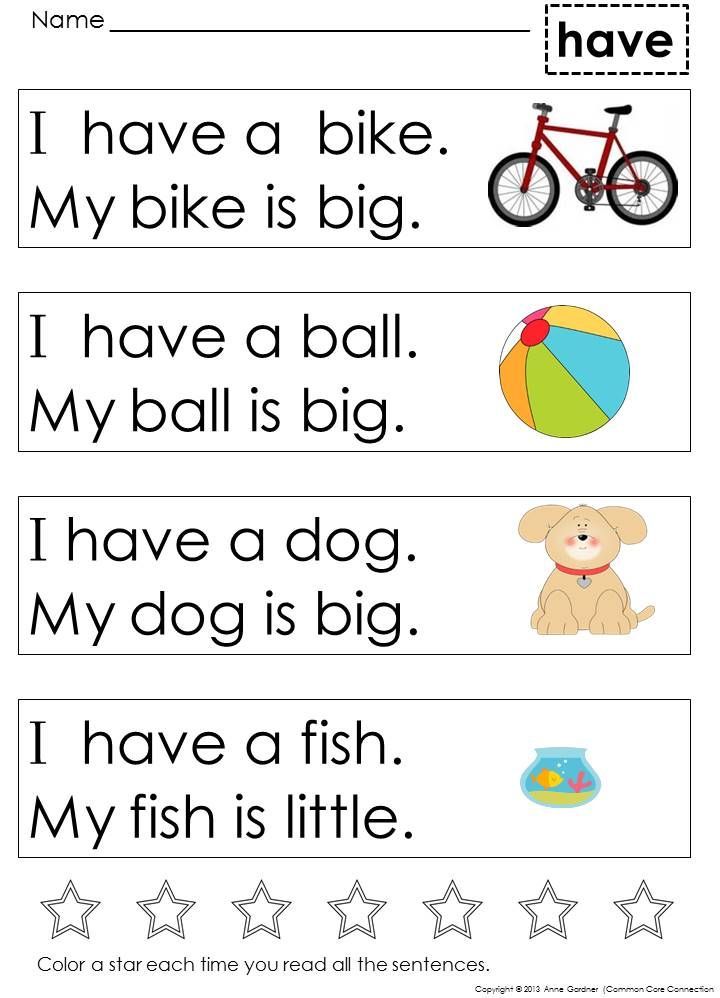 Before the start of the game, place the notes in envelopes, and the envelopes in the places planned for them. Tell the child that you have prepared a surprise for him, just hid it, and offer to play - find the surprise according to the clues. Or tell that the child received a letter from a favorite character from a fairy tale, but he must read the letter himself, because his name is written on the envelope. How much joy your child will have when he finds a surprise! And most importantly - he will get pleasure not only from the surprise itself, but also from the process of finding it.
Before the start of the game, place the notes in envelopes, and the envelopes in the places planned for them. Tell the child that you have prepared a surprise for him, just hid it, and offer to play - find the surprise according to the clues. Or tell that the child received a letter from a favorite character from a fairy tale, but he must read the letter himself, because his name is written on the envelope. How much joy your child will have when he finds a surprise! And most importantly - he will get pleasure not only from the surprise itself, but also from the process of finding it.
After a while, the notes can become a little longer, for example: "Check the mailbox", "Go to the door", "Stand with your back to it", "Take 5 steps straight". You can use instructions consisting of several consecutive commands, for example: "Sit down and look to the right", and then more complex commands, for example: "Look in the top drawer of the dresser", "Pull out the note from the left pocket of the jacket. " The number of note-commands that must be completed to find a surprise can also be gradually increased.
" The number of note-commands that must be completed to find a surprise can also be gradually increased.
Options:
It is very good to play games of this kind outdoors - in a park, in a forest, in a summer cottage. To organize a game in nature, use notes of a similar content: "On a birch branch", "Look at the stump", "Look under the tree", "Read what is written in the sand", etc.
The game will help diversify and relax on the playground . Invite a team of guys to find a surprise. Use note-commands like the following: "Three steps to the right of the swing", "Hidden under the hill", "Look at the carousel", "Dig in the middle of the sandbox", etc.
CONTINUE OFFER.
Purpose: to learn to read simple sentences, to expand vocabulary, to develop speech.
Age: from 5 years old.
How to play?
On paper or cardboard cards, write a few sentences similar in form but different in meaning. Do not write the last words in sentences, leave space for them. For example:
For example:
A COW IS CHEWING ___________.
DOG gnaws ___________ .
Nastya EST __________ .
Write the last words of the sentences on separate cards in the same color and font as the sentences (HAY, BONE, PORRIDGE). Invite the child to carefully read the sentences and add (decompose) words that are appropriate in meaning to them. When completing the task, you may get "funny" sentences, rejoice with your child!
For the game, you can use the suggestions below and the like.
DOG SLEEPING IN _______ .
SASHA WAS IN _________.
COAT HANGING IN _________ . (BOOTH, BED, CABINET)
SALESMAN WORKING IN ________ .
TEACHER TEACHING IN _________ .
DOCTOR AT __________ . (SHOP, SCHOOL, HOSPITAL)
IT SNOWS _________ .
IT IS POSSIBLE TO BATH __________ .
LEAVES FALL __________ .
BUDNOWING __________ . (WINTER, SUMMER, AUTUMN, SPRING)
FLYING FAST _______ .
SWIMS IN THE SEA _______ .
PIERCED WHEEL _______ .
RIDES BY RAIL _______. (PLANE, SHIP, CAR, TRAIN)
RIDDLES.
Purpose: to form the skill of meaningful reading of sentences, to develop thinking.
Age: from 5 years old.
What you will need: paper, object pictures, scissors, colored pencils or markers.
How to play?
You can also learn to read with the help of riddles. No child will be left indifferent by the riddle. But those riddles that are found in children's books will not soon be available to your baby for independent reading. Try to make available riddles yourself.
For the selected subject pictures, come up with riddles consisting of several simple sentences. Cut each picture into two parts: make one much larger than the other, cut it horizontally or vertically. On large parts of the pictures on the back, write riddle sentences. On the smaller parts of the pictures on the back, write the answer words. Invite the child to read simple sentences and guess what is being said from the description.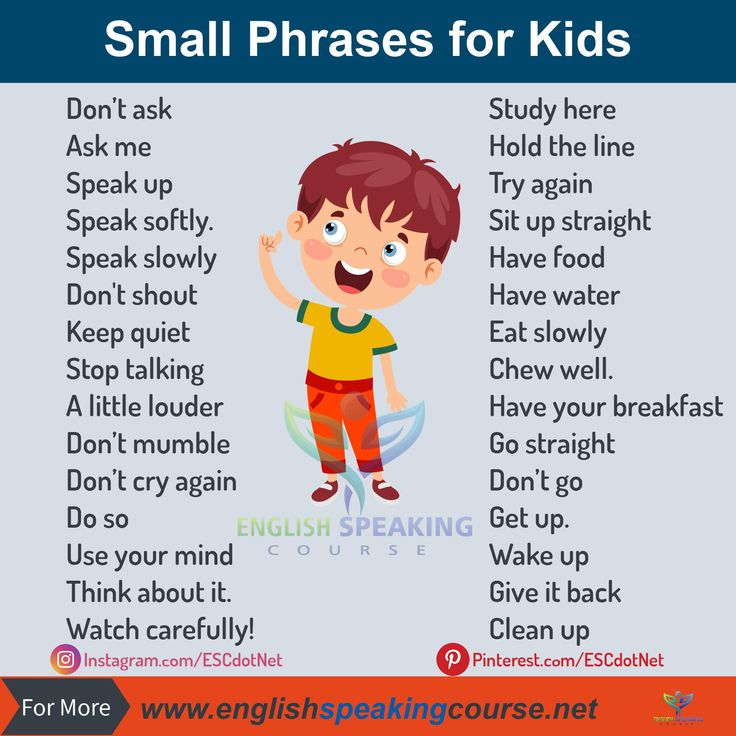 Then find the right word, connect the two parts. If the answer is chosen correctly, then on the back of the folded parts you will get a guess-picture.
Then find the right word, connect the two parts. If the answer is chosen correctly, then on the back of the folded parts you will get a guess-picture.
Use 3-8 riddles to organize each new game, it is advisable to make riddles on any one general topic each time.
On the topic "PETS" you can guess the following riddles:
Gives milk. Her children are called goats. (GOAT)
Loves the owner. Lives at home or in a booth. (DOG)
Fluffy and affectionate. Catches mice. (CAT)
With horns. Gives milk. Not a goat. Mooing. (COW)
Likes cabbage and carrots. Looks like a rabbit. (RABBIT)
For the topic "TRANSPORT", prepare the following riddles:
Passenger urban transport. Rides on rails. (TRAMS)
Used for transportation of goods. Knows how to dump the load. (DUMPER)
Floats. No pipe and no sail. We need oars. (BOAT)
Able to fly. It rises vertically. (HELICOPTER)
Begins with the letter M. Rides underground. (METRO)
For the theme "TREES" you can use these riddles:
Always green. Not a tree. (PINE)
Not a tree. (PINE)
It does not have red leaves in autumn. The fruits are acorns. (OAK)
Wears earrings. The bark is white. (BIRCH)
Deciduous tree. Red berries. (ROWAN)
Wood. The first letter is T. The last letter is b. (TOPOL)
Similarly, you can make riddles on any topic that interests the child.
Purpose: learn to read sentences, learn to understand what is read, develop speech, develop thinking.
Age: from 5 years old.
How to play?
Write or print the sentences from the list. Invite the child to read them one at a time and think of what could have happened after the event described. Praise the child if he was able to name several answers.
Use these and similar sentences:
THE LIGHTS GO OUT IN THE ROOM.
PETIA BROKEN THE VASE.
IT'S HEATING OUTSIDE.
IT'S RAINING HARD.
ANNA IS SIX YEARS OLD.
TOLYA IS EATING ICE CREAM OUTSIDE.
BOYS FIGHT IN THE YARD.
WE BOUGHT TRAIN TICKETS.
THE BELL RINGED FROM LESSON.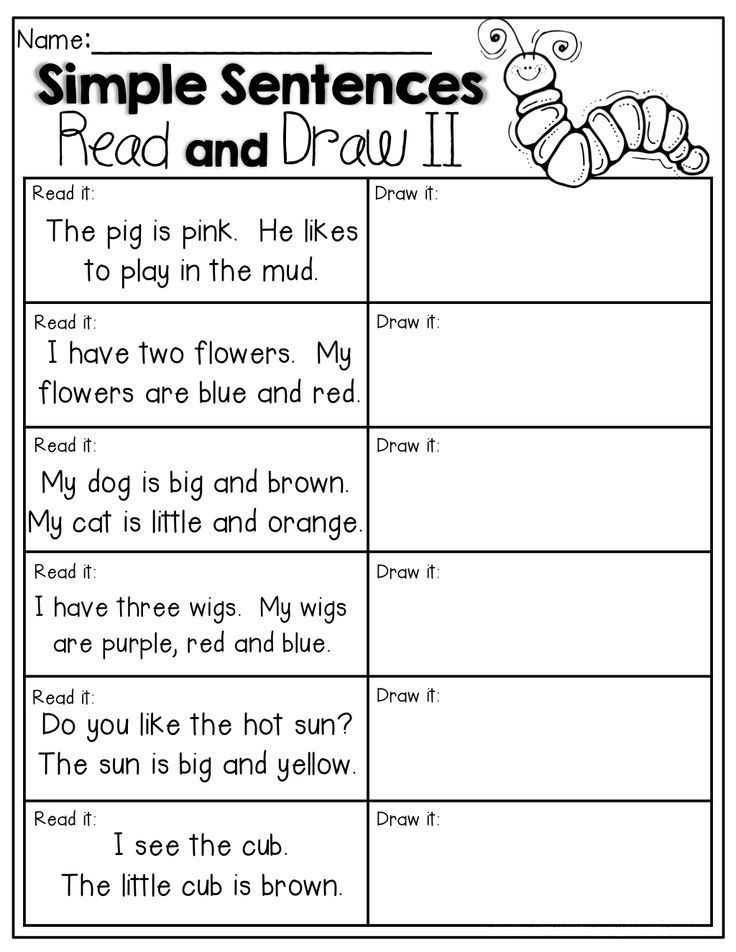
MOTHER COME FROM WORK.
Option:
Ask the child to come up with reasons why the events described in the sentences could have happened.
SNOWCOM.
Purpose: to form the skill of meaningful reading of sentences, to develop reading speed.
Age: from 5 years old.
What you need: paper, colored pencils or markers.
How to play?
Prepare strips of paper of the same width. On each write words to make one sentence.
Lay out one word in front of the child, let them read it. For example, GARDENER. Then add a second word related in meaning to the first. For example, OLD GARDENER. Add a third word and let the child read again. OLD GARDENER WATERING. Add a new word, again invite the child to read the sentence. OLD GARDENER WATERING THE FLOWERS. So add up to 5-7 words. For example, the OLD GARDENER WATERING THE FIRST FLOWERS IN THE FLOWER.
Such an exercise will allow the child to overcome the fear of reading long sentences, because with a gradual increase in the number of words in a sentence, it is easier for the child to read and understand what he read.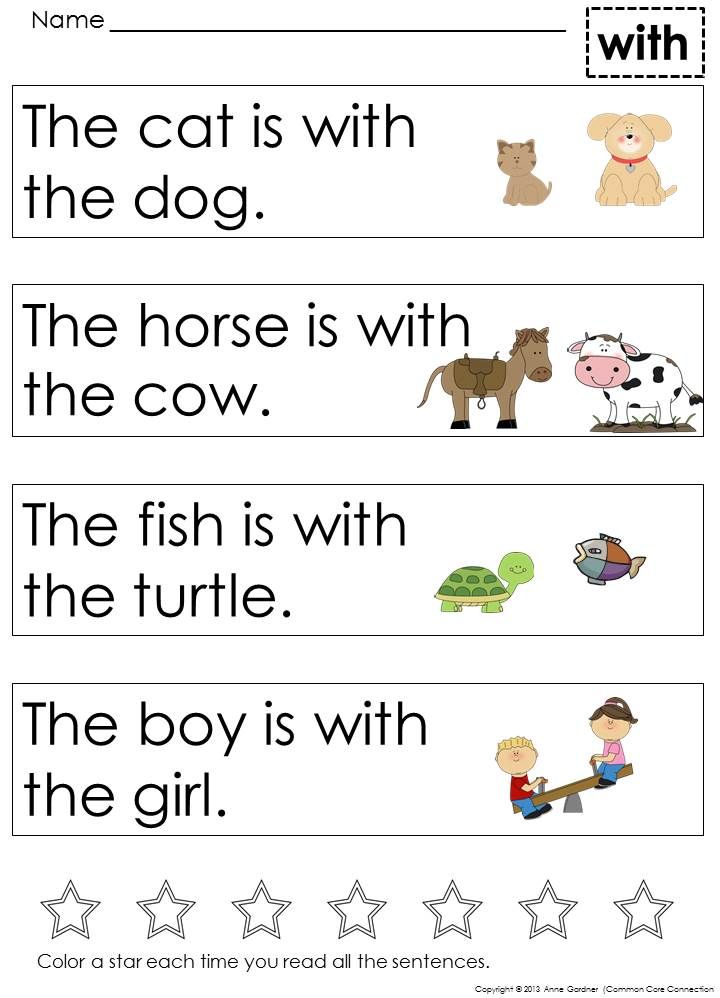
THE OFFER WAS CRASHED.
Purpose: to learn to read simple sentences, to learn to understand what is read, to develop speech.
Age: from 6 years old.
What you will need: paper or cardboard, crayons or felt-tip pens, scissors.
How to play?
For this game, write simple sentences on cards, cut each sentence into words. Tell the child that the sentences have crumbled, they need to be made up again. The child needs to read each word and build the words in semantic order.
Choose or come up with 3-6 word sentences. For example:
THE CAT LAKES MILK.
SPRING COMES SOON.
NATASHA DRAWED IN THE ALBUM.
CHILDREN CONGRATULATED MOTHER WITH A CARD.
IN THE SUMMER WE WILL GO TO THE COTTAGE.
THE SHIP WAS SWIMMING TO THE SHORE QUICKLY.
CARLSON FLEW TO THE BABY TO VISIT.
TEACHER PRAISED STUDENTS FOR CORRECT ANSWERS.
To facilitate the task, you can first use plot pictures that correspond to the content of the sentence. This will help the child quickly comprehend the options for possible relationships between the proposed words. You can also replace some words of sentences with subject pictures.
This will help the child quickly comprehend the options for possible relationships between the proposed words. You can also replace some words of sentences with subject pictures.
To make the tasks more fun, add 1-2 extra words to each set of words that do not correspond to the meaning of the sentence.
For example:
A SHIP, FLOWED up, swam up, FAST, TO, THE SHORE, THE SHOP.
Option:
Mix up the words of 2-3 sentences. Let the child make sentences at the same time. Remember that in this case the words of the sentences must be written in the same color and font.
DO IT ONE, DO IT TWO.
Purpose: to form the skill of meaningful reading of sentences, to learn to remember what was read.
Age: from 6 years old.
What you need: paper, colored pencils or markers.
How to play?
Write short command sentences on separate cards. For example: “Put your hands up”, “Clap three times”, “Sit down five times”, “Do two forward bends”, “Jump on your right foot”, “Take four steps back”, “Put your left hand down”, “Run to door", "Turn to the window", "Walk like a bear", "Stand on your left foot", "Turn around", etc.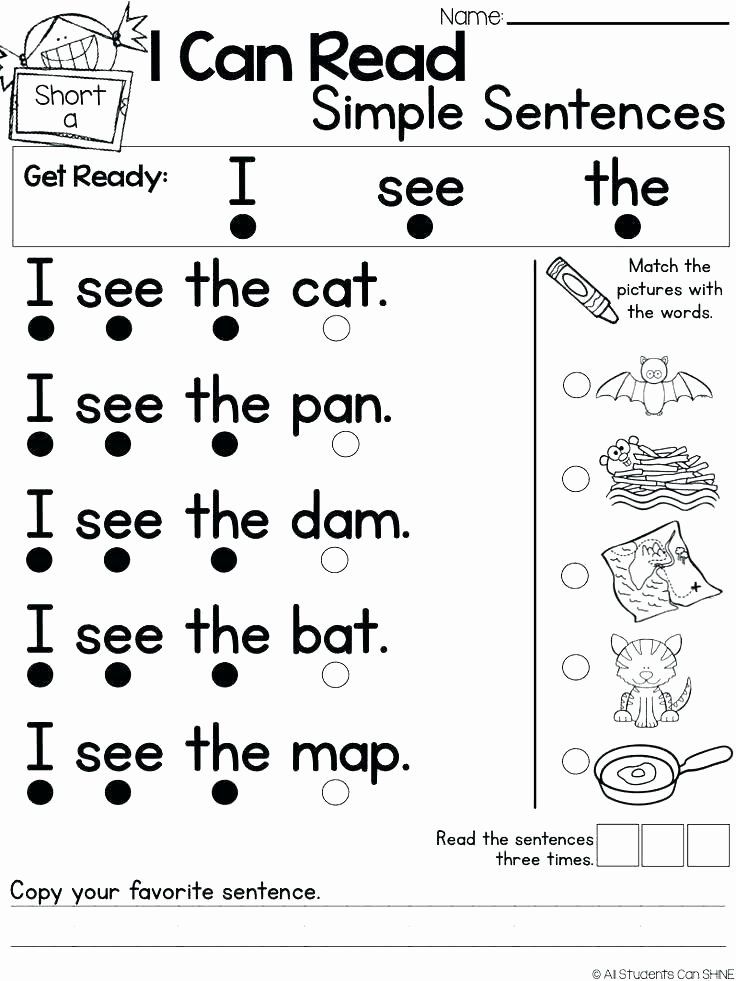
Invite the child to do exercises. Stand in front of the child and show the cards with commands in random order, let the child read the sentences and follow the commands. First, offer to perform one command at a time, then show 2-3 cards in a row, and only after that allow the child to complete the commands, remembering their order.
Gradually increase the number of teams in one task to 4-6. You can repeat the same command several times in a row or alternately with other commands.
PAINTING EXHIBITION.
Purpose: to learn to read sentences, to form the skill of meaningful reading of sentences.
Age: from 5 years old.
What you will need: story pictures, paper, colored pencils or markers.
How to play?
For this exercise, you will need several scene pictures. For example: "In the store", "On the playground", "Birthday", "Helping mom", "Family", etc. Come up with and write down sentences for these pictures on separate cards (one or more for each picture) , let the child read the sentences and determine which pictures they fit.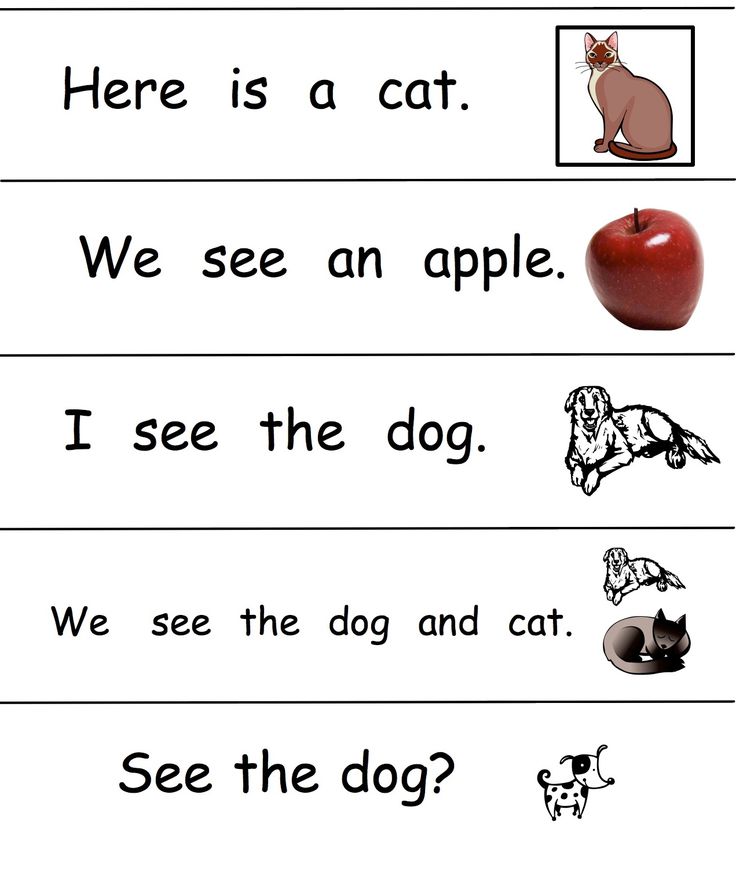
Suggestions can be glued to pictures, gradually adding to the list of suggestions made on the subject of the picture.
COMPLETE PROVERBS.
Purpose: to form the skill of meaningful reading of sentences, to replenish vocabulary, to develop thinking.
Age: from 6 years old.
What you will need: white or colored
card stock, compasses, pencil, scissors, colored pencils or markers.
How to play?
Cut out circles as large as possible from cardboard. Cut all circles in half. In the halves of each circle, write proverbs, dividing them into two semantic parts. For example: RAINY SUMMER / GOOD THERE / BETTER LATE / AWL IN A BAG / WORSE AUTUMN / WHERE WE ARE NOT / THAN NEVER / DO NOT HIDE. Do this work without the participation of the child.
Spread the halves of 3-6 proverbs in front of the child, ask them to collect the proverbs, read and explain their meaning.
You can use proverbs from the list or similar ones for the game:
You can't easily pull a fish out of a pond.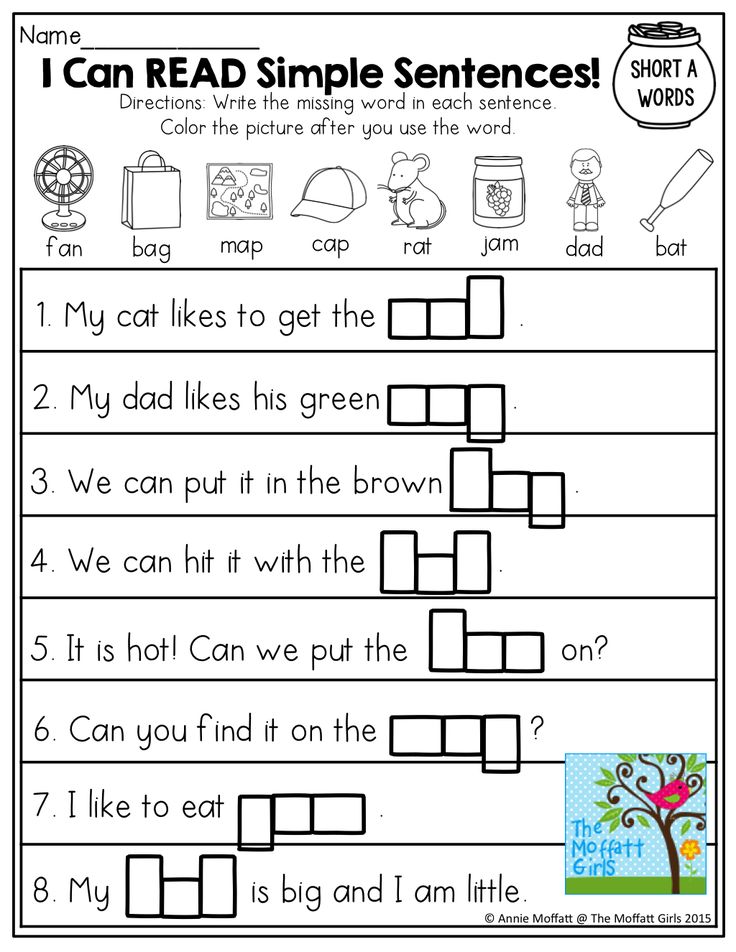
An ant is small in body, but great in deed.
Small spool, but expensive.
As it comes around, it will respond.
A good example is better than a hundred words.
If you hurry, you will make people laugh.
If you want to eat kalachi, don't sit on the stove.
If you like to ride, love to carry sleds.
The word is not a sparrow, it will fly out - you won't catch it.
Measure seven times, cut once.
Of course, the simultaneous compilation of proverbs on one topic will be useful. For example, on the topic "Friendship":
Friendship is not a mushroom, you won't find it in the forest.
If you don't have a friend - look for it, but if you find it - take care of it.
Stand up for the truth with a mountain, then your friends will be with you.
True friendship cannot be cut with an ax.
Or on the topic "Study":
Business is time, but fun is an hour.
Hard in teaching - easy in battle.
If you want to know more, you need to sleep less.
Who reads a lot knows a lot.
Take a book in your hands - there will be no boredom.
A bird is red with a feather, and a man with a mind.
Live and learn.
This approach to the organization of the game will allow the child to understand the meaning of proverbs in all its subtleties. And an adult will give more opportunities for explanation.
Option:
Invite the child, by connecting the beginning and end of different proverbs, to make up proverbs with new content, even if it is comic. For example:
If you like to ride, don't sit on the stove.
Live a century - don't poke your head into the water.
Hurry, then your friends will be with you.
You can't hide a good example.
The word is not a sparrow, you will not find it in the forest.
INSERT ENDINGS.
Purpose: to learn to read sentences, to learn to understand what is read, to develop speech.
Age: from 6 years old.
What you will need: White or colored cardstock, scissors, colored pencils or markers.